What’s become of Otl Aicher’s former abode? A visit to the Allgäu.
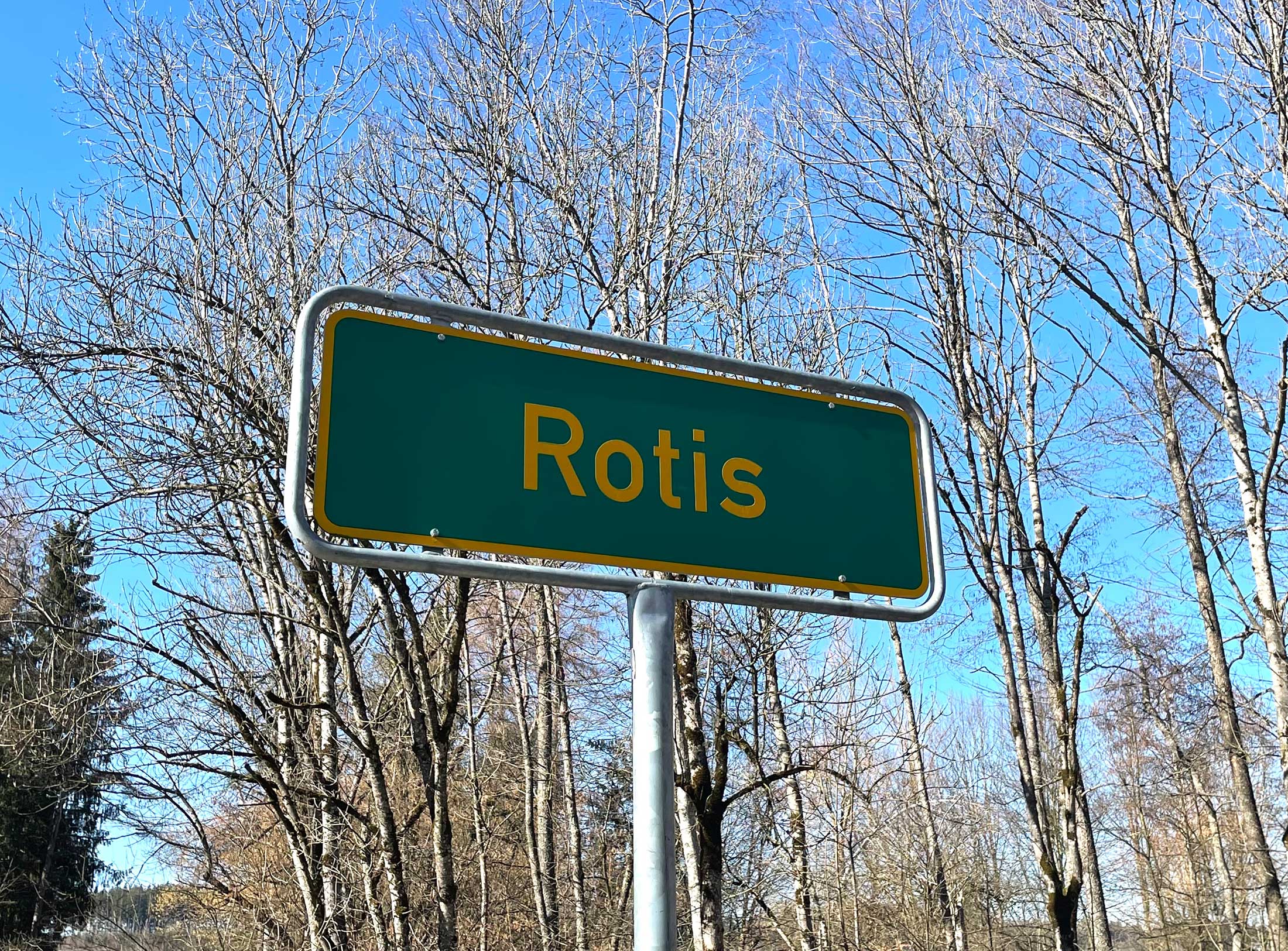

What’s become of Otl Aicher’s former abode? A visit to the Allgäu.
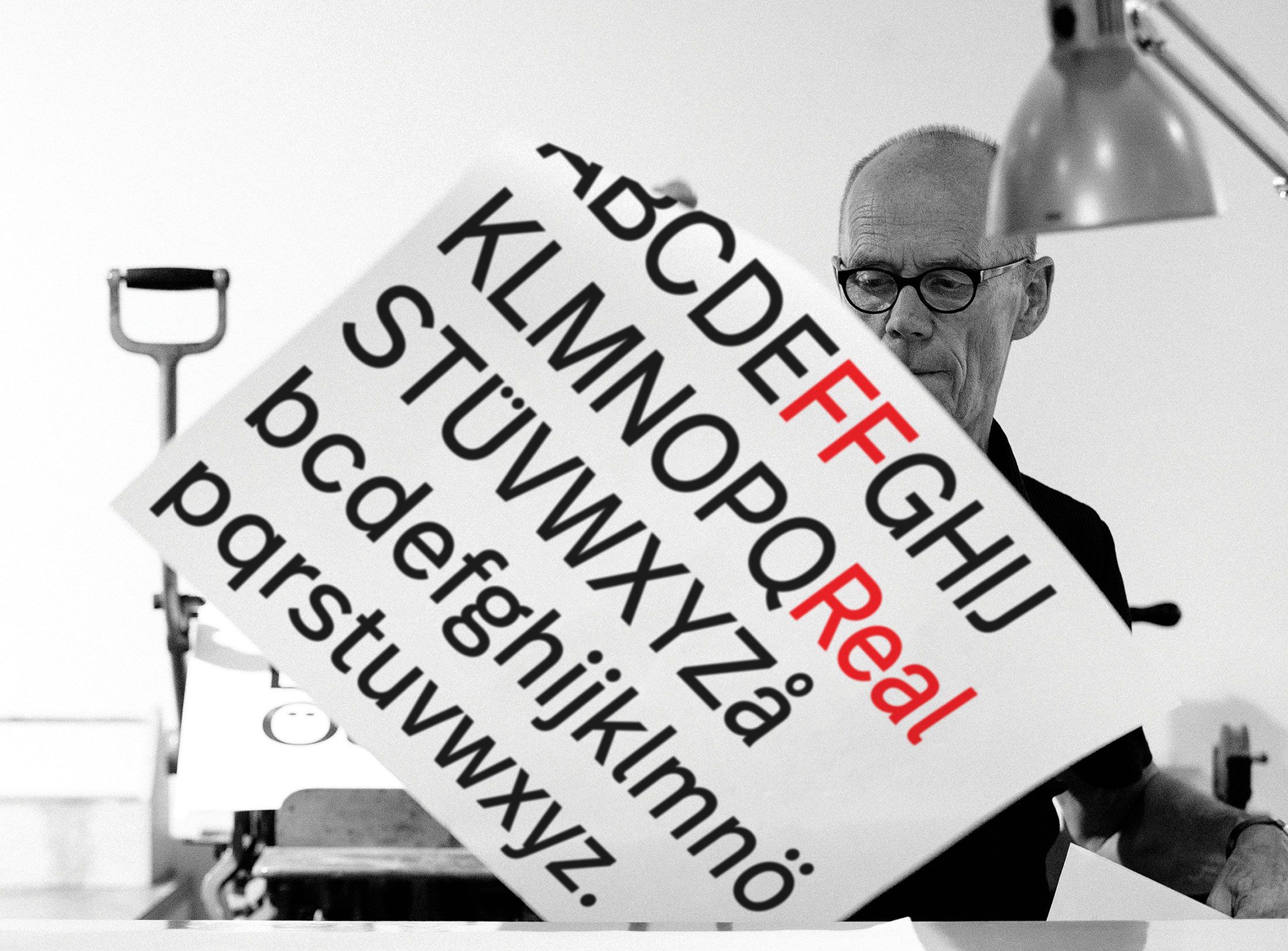
Interviewed: Erik Spiekermann, type designer, author and Aicher critic.
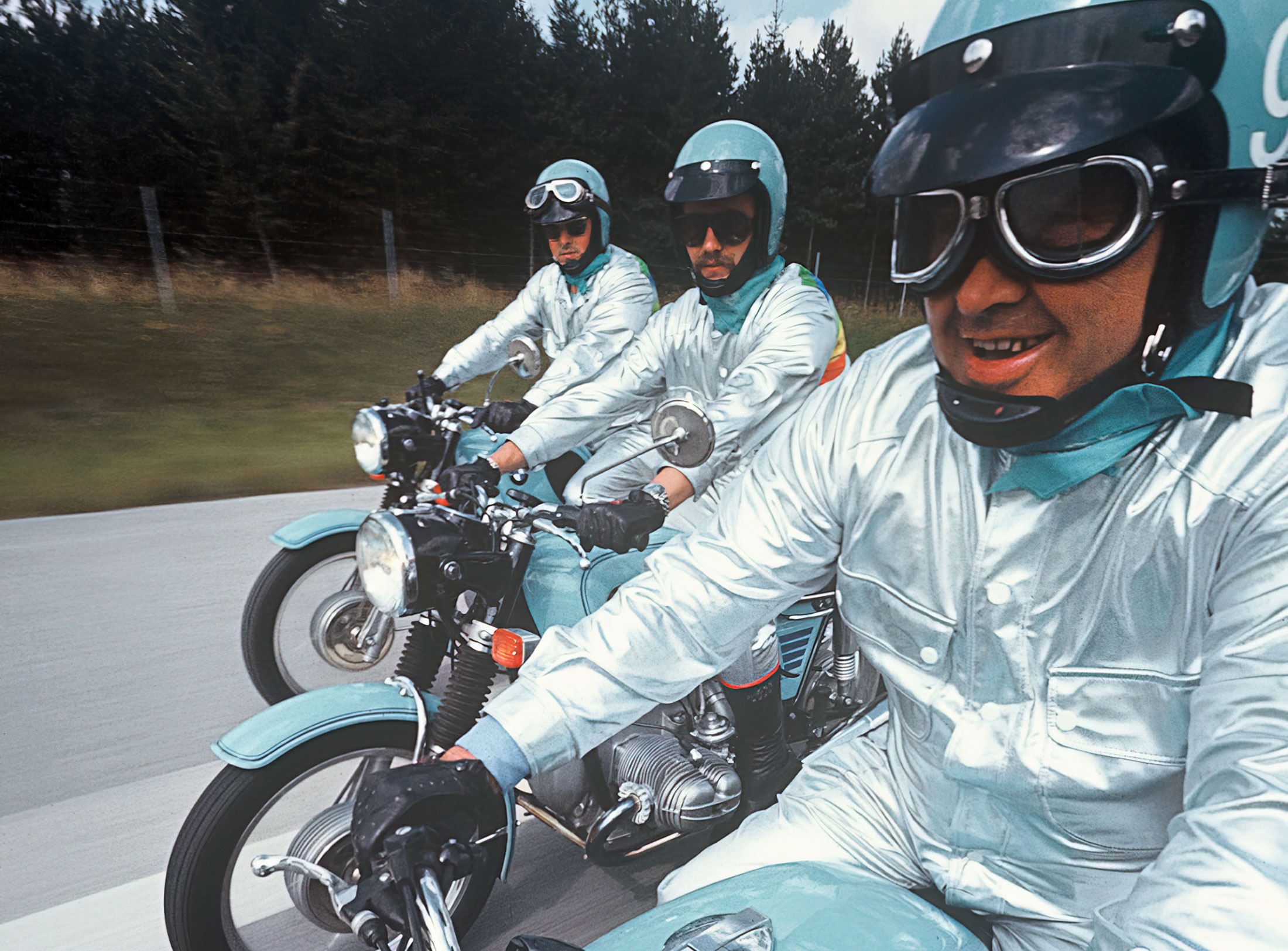
Technology: a central notion and fixed point of perspective in the work of Otl Aicher.
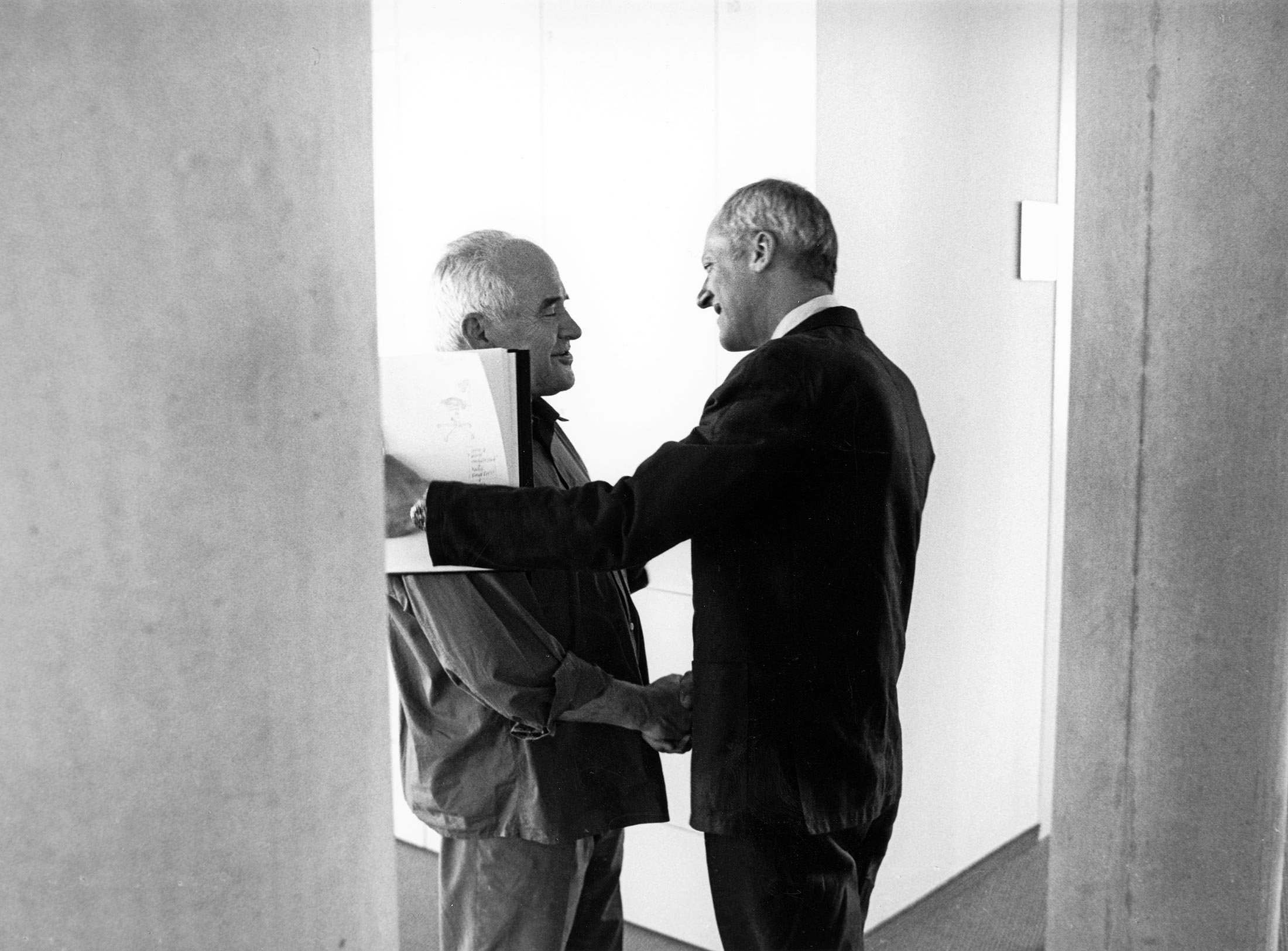
The British architect Norman Foster on his friendship with Otl Aicher: He had absolute integrity.

Thoughts on the colour palettes of Otl Aicher.
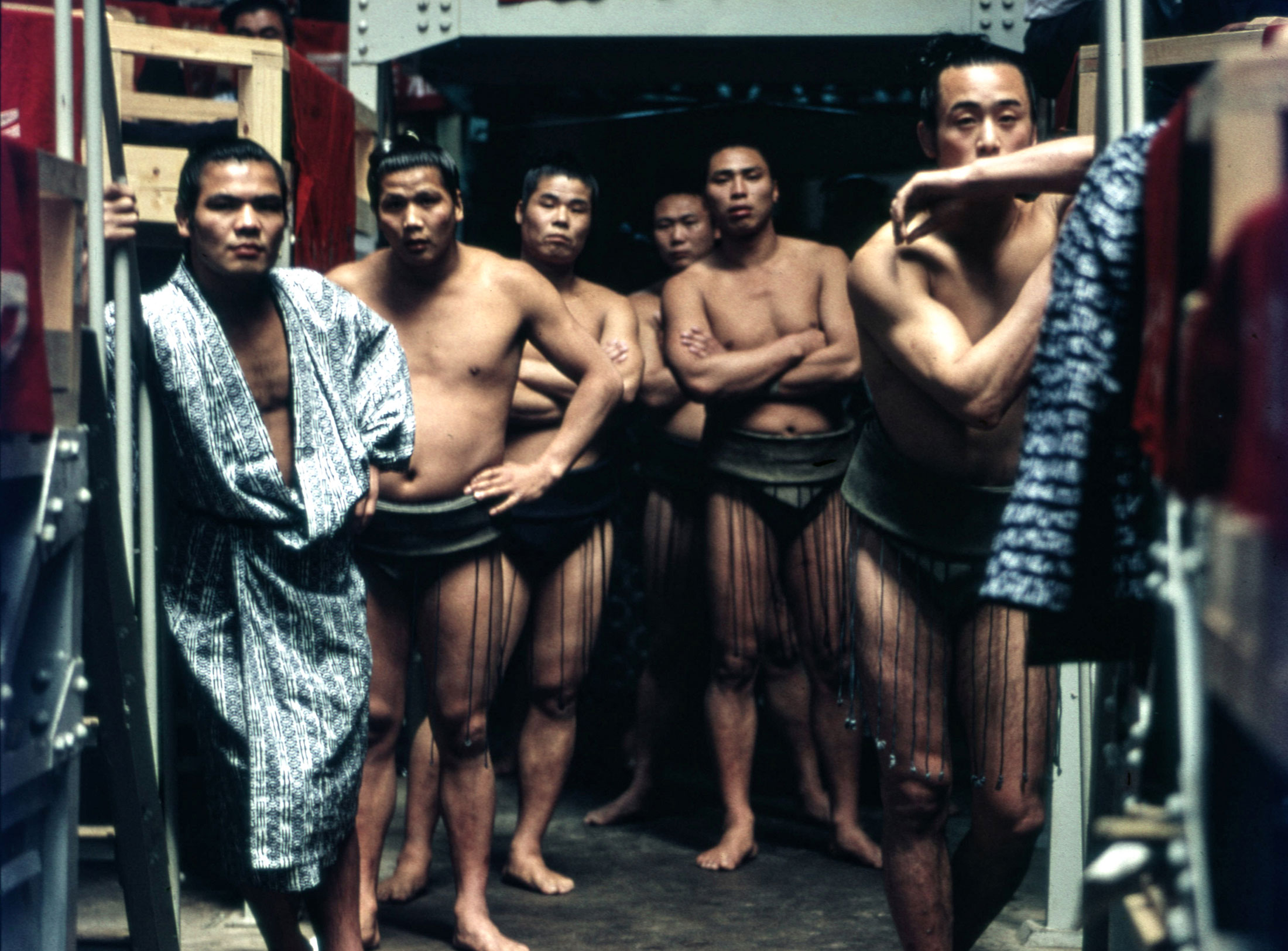
Absolute sharpness, reduction and strict rules determine the character of his pictures: Otl Aicher as photographer.

Under Otl Aicher’s direction, designers, architects and landscape planners shaped the face of the Olympic Games 1972.
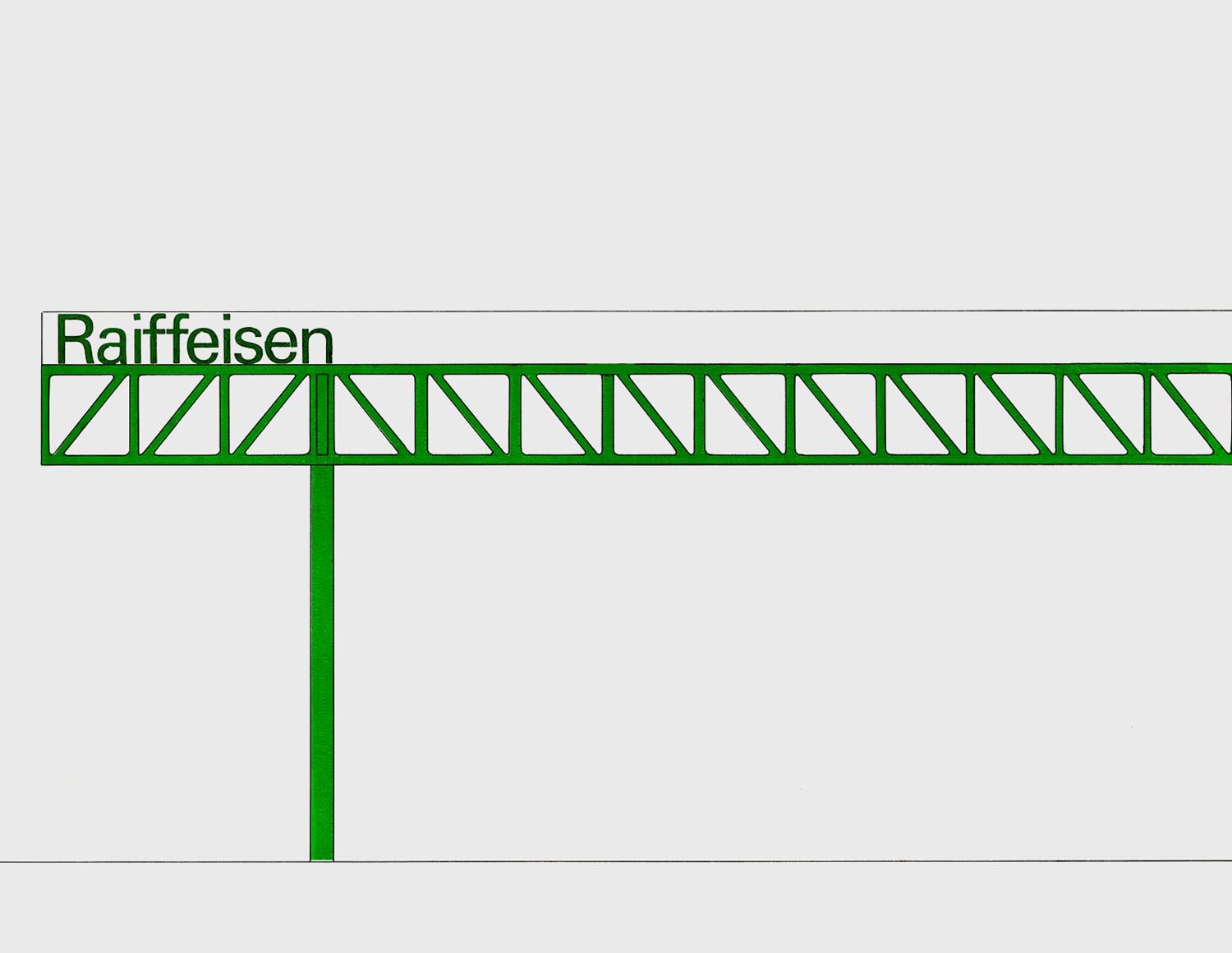
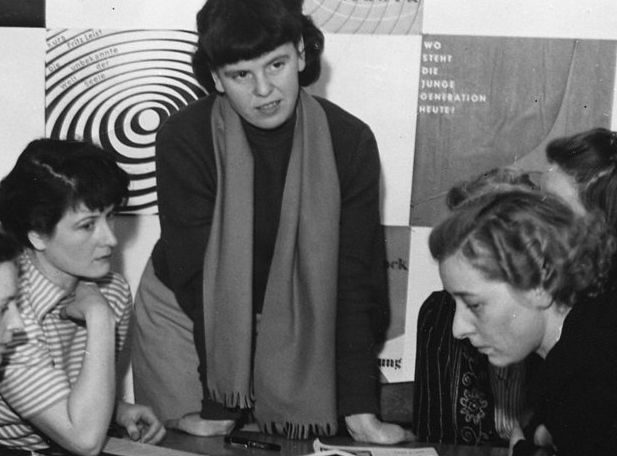
Inge Aicher-Scholl preserved the legacy of the White Rose.
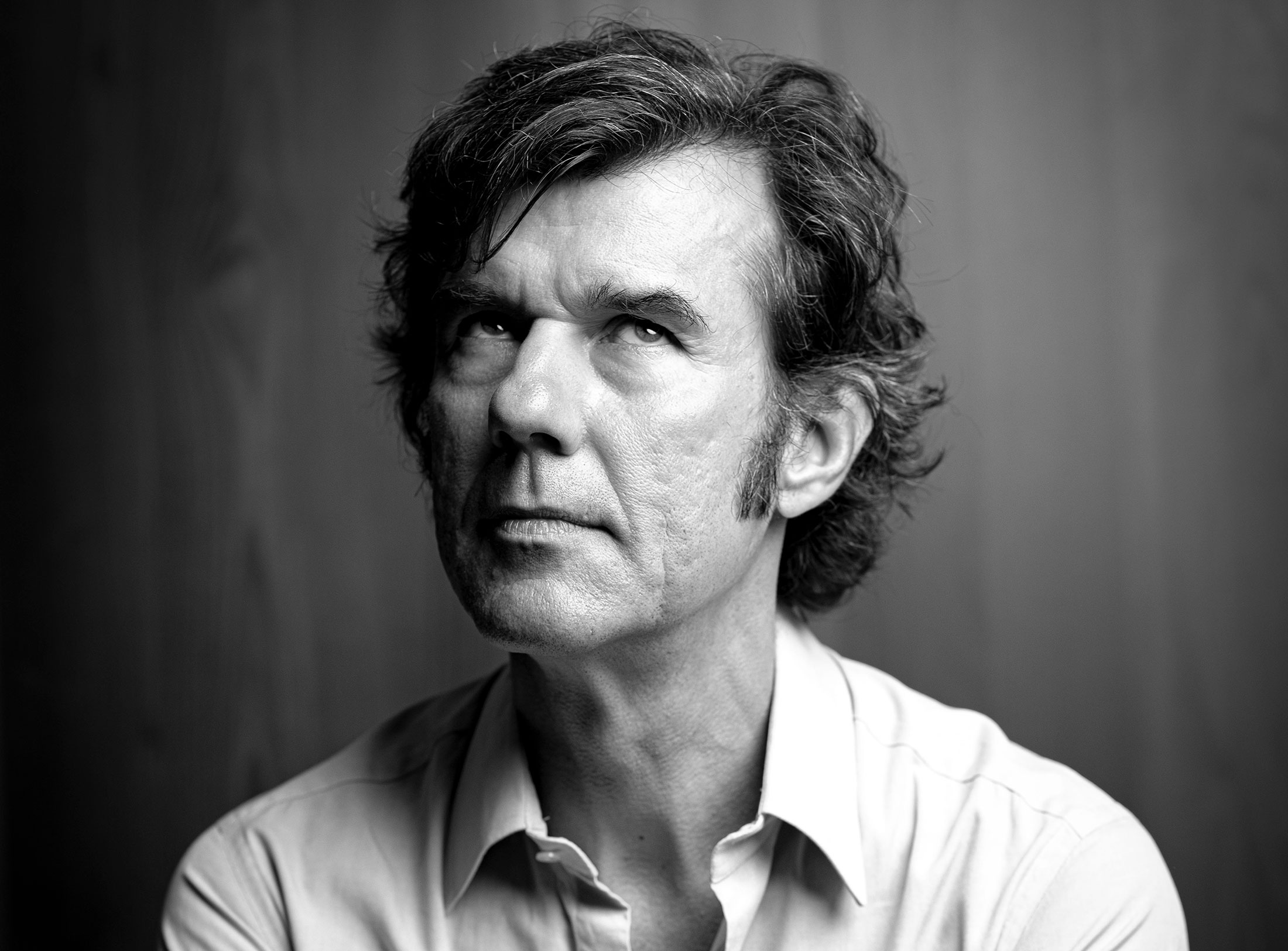
An interview with design icon Stefan Sagmeister about typefaces, beauty and the legacy of Otl Aicher.
The International Design Center Berlin (IDZ) invites you to a slide show and panel talk at Architektur Galerie Berlin on 20 October. Karsten de Riese and Prof. Michael Klar will report on a photo reportage commissioned by BMW that took them to Tunisia in 1975 together...
On the occasion of the 50th anniversary of the 1972 Olympic Games, the IDZ invites you to a discussion on the vision of the Munich Games and the status quo as well as the future of the Olympic movement on 26 August. The event at Berlin’s Akademie der Künste on Pariser...
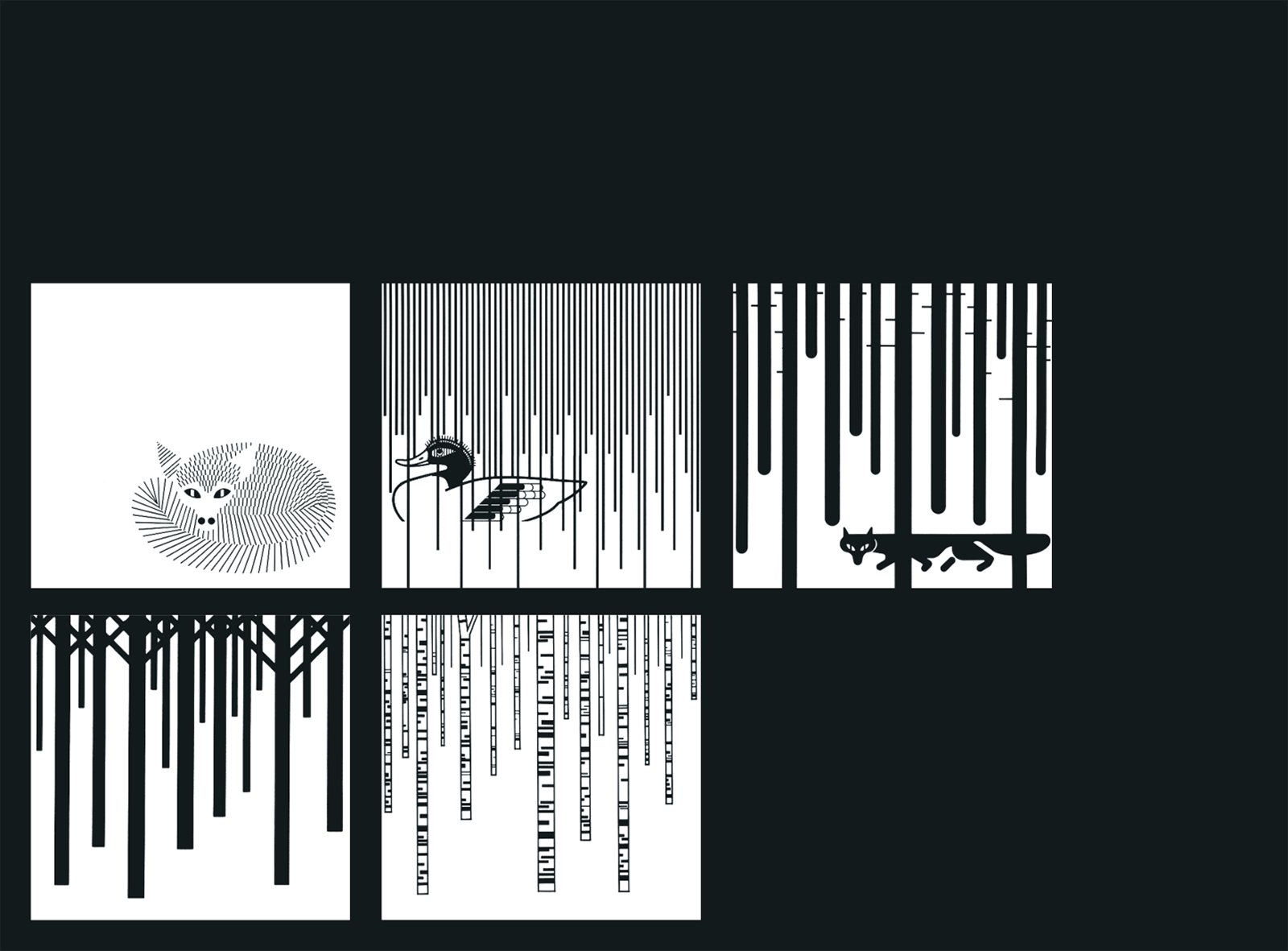
Isny im Allgäu owes Otl Aicher a corporate design that is concise, bold and singular.
With a retrospective of Otl Aicher’s book “kritik am auto – schwierige verteidigung des autos gegen seine anbeter” (Criticism of the Car – Difficult Defence of the Car against its Worshippers) published in 1984, the IDZ continues its series of events on the “otl...
Today marks the centenary of Otl Aicher’s birth. The International Design Center Berlin (IDZ) is taking this date as an opportunity to pay tribute to this great designer. With otlaicher100.de, a new online platform is being launched – a curated space that provides...
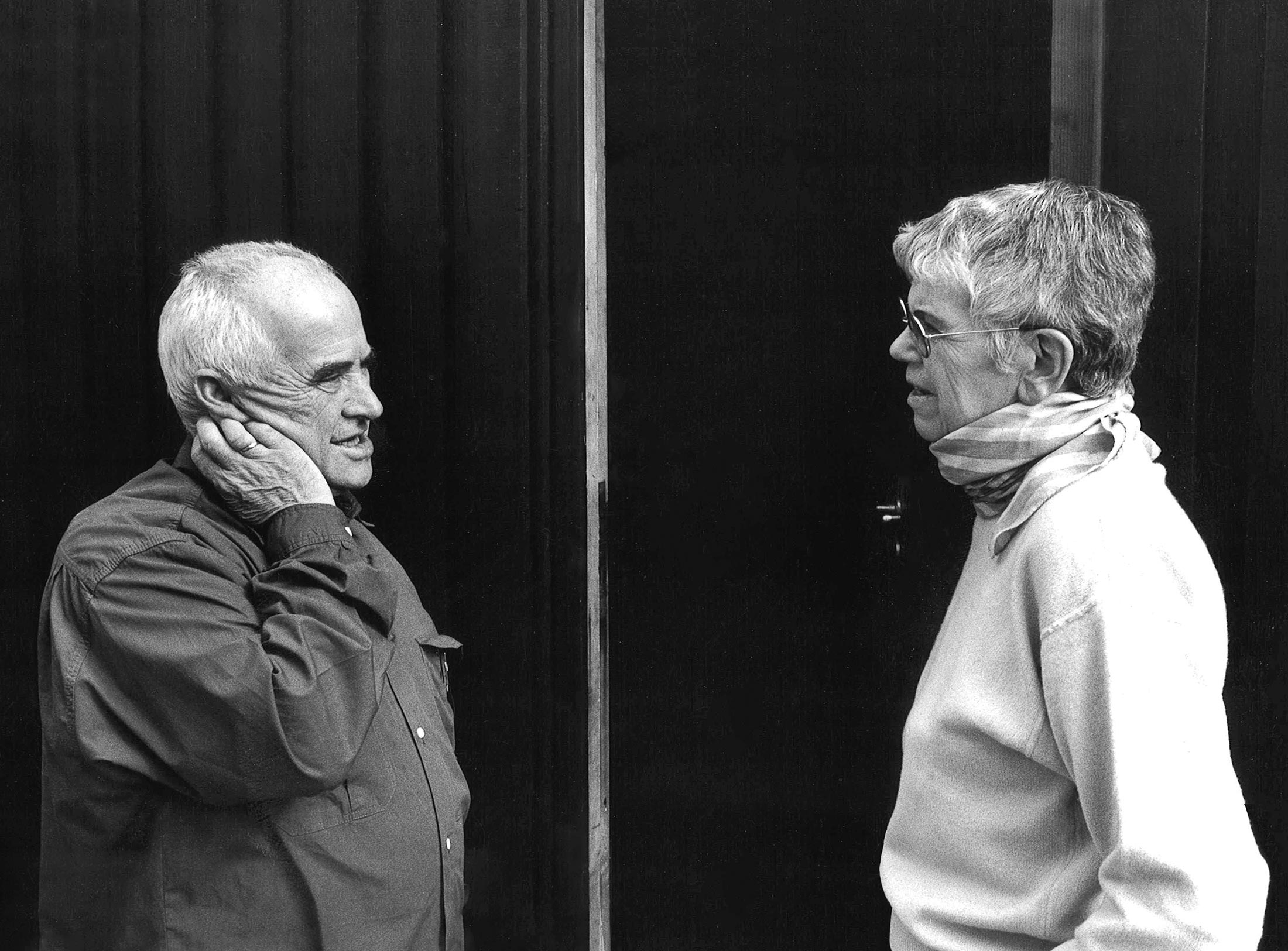
Reflections on Inge Aicher-Scholl and Otl Aicher.
The International Design Center Berlin (IDZ) is taking Otl Aicher’s centenary as an opportunity to pay tribute to this great designer and to make his work visible. An online platform and a series of events will address Otl Aicher’s multifaceted cosmos of topics and...
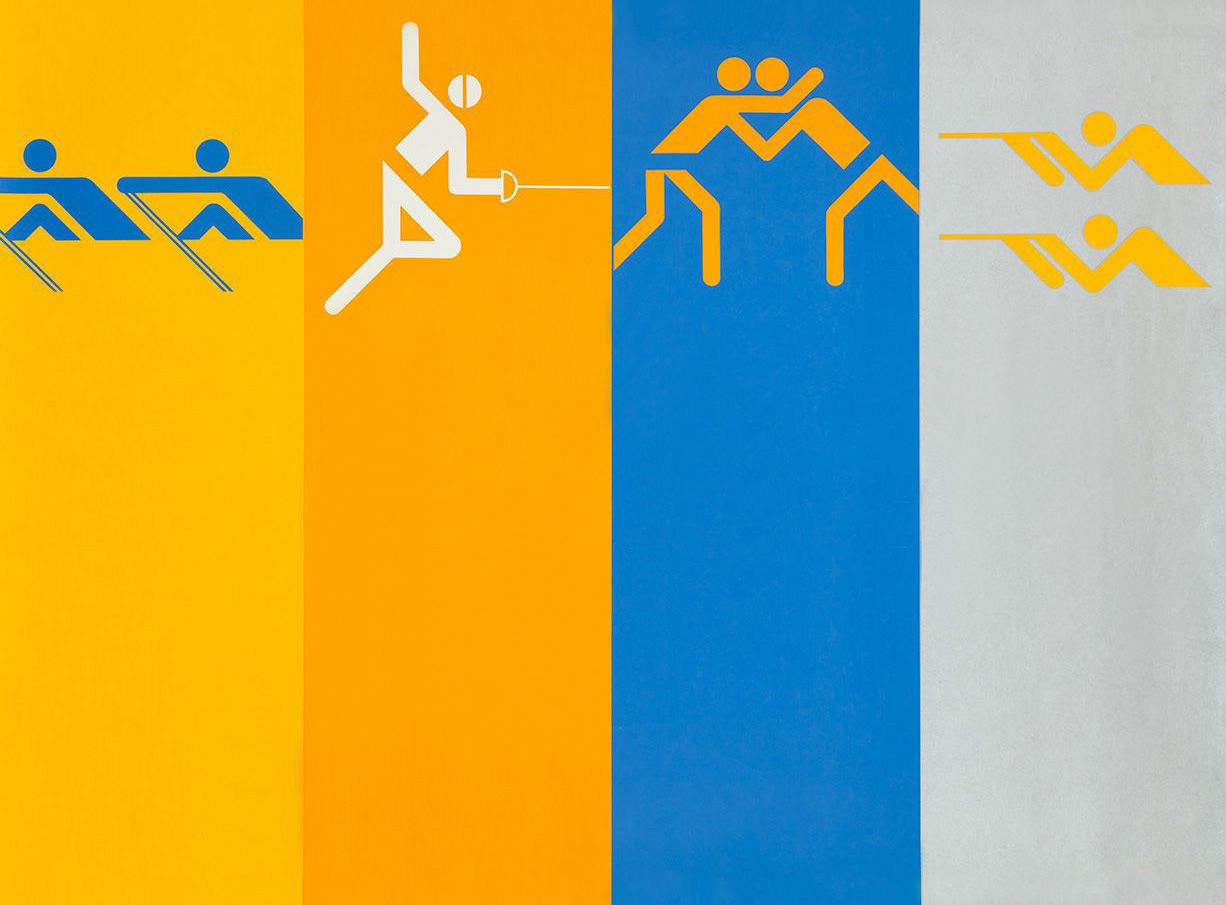
Eine Stadt leuchtet: Mit seinem farbenfrohen Erscheinungsbild der XX. Olympischen Sommerspiele 1972 setzte Otl Aicher ein Signal. Die junge Bundesrepublik war in der Moderne angekommen.

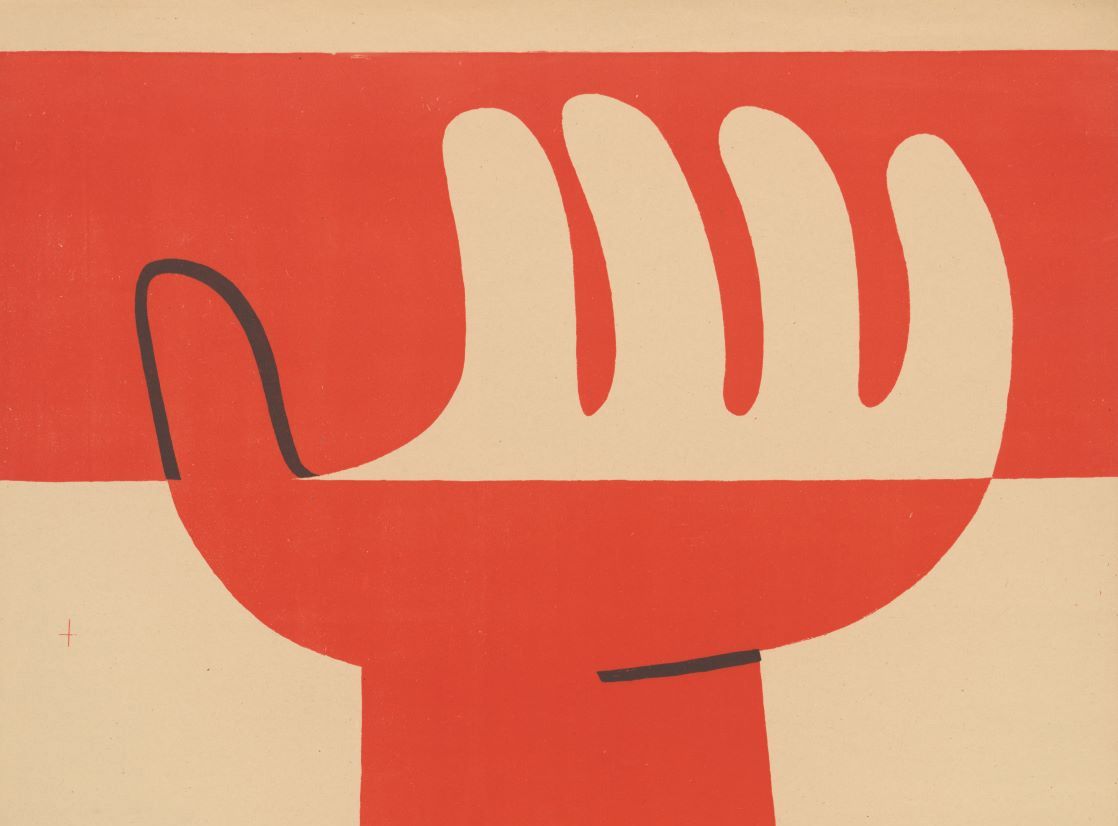
Otl Aicher’s Poster displays for the Ulmer Volkshochschule (Ulm Adult Education Centre).
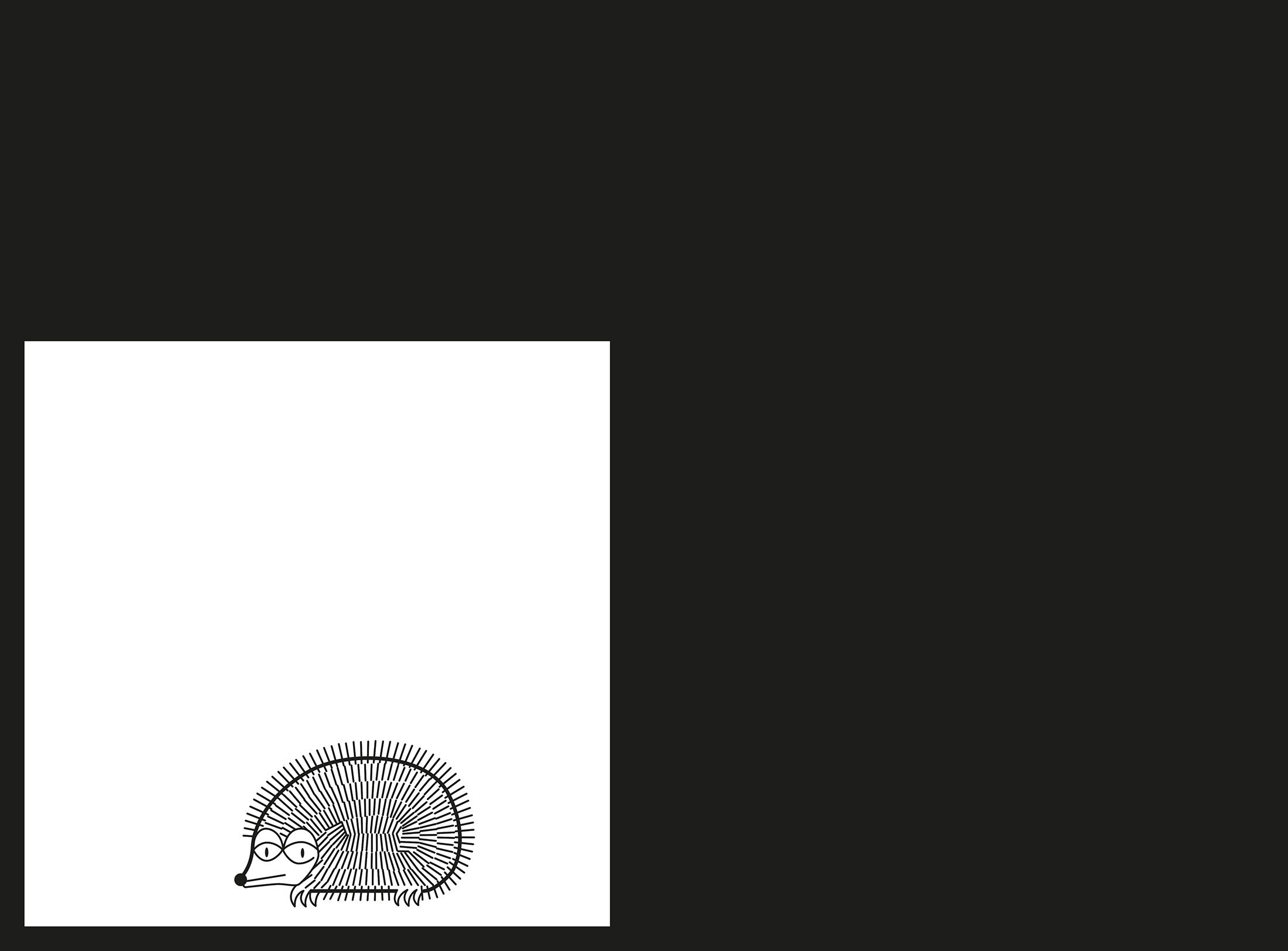
From O to R: Let’s talk about a hedgehog, standardisation and neurotis for a change (please click on the letters).
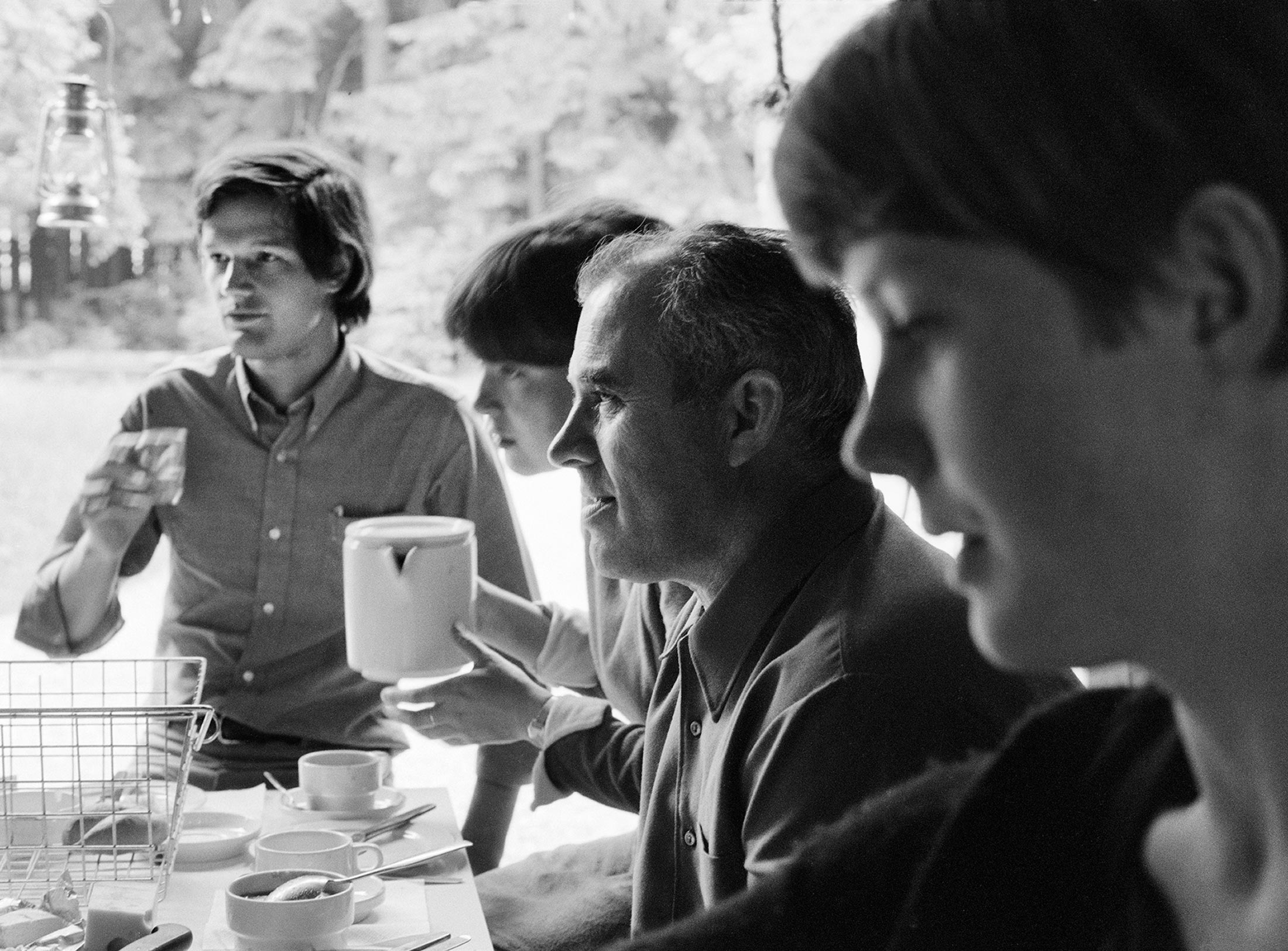
Otl Aicher’s Dept. XI team: the visual identity of the Munich ’72 Olympics was the work of graphic designers, illustrators and technical staff from all over the world.

Aicher’s childhood and youth: the years 1922 to 1945.
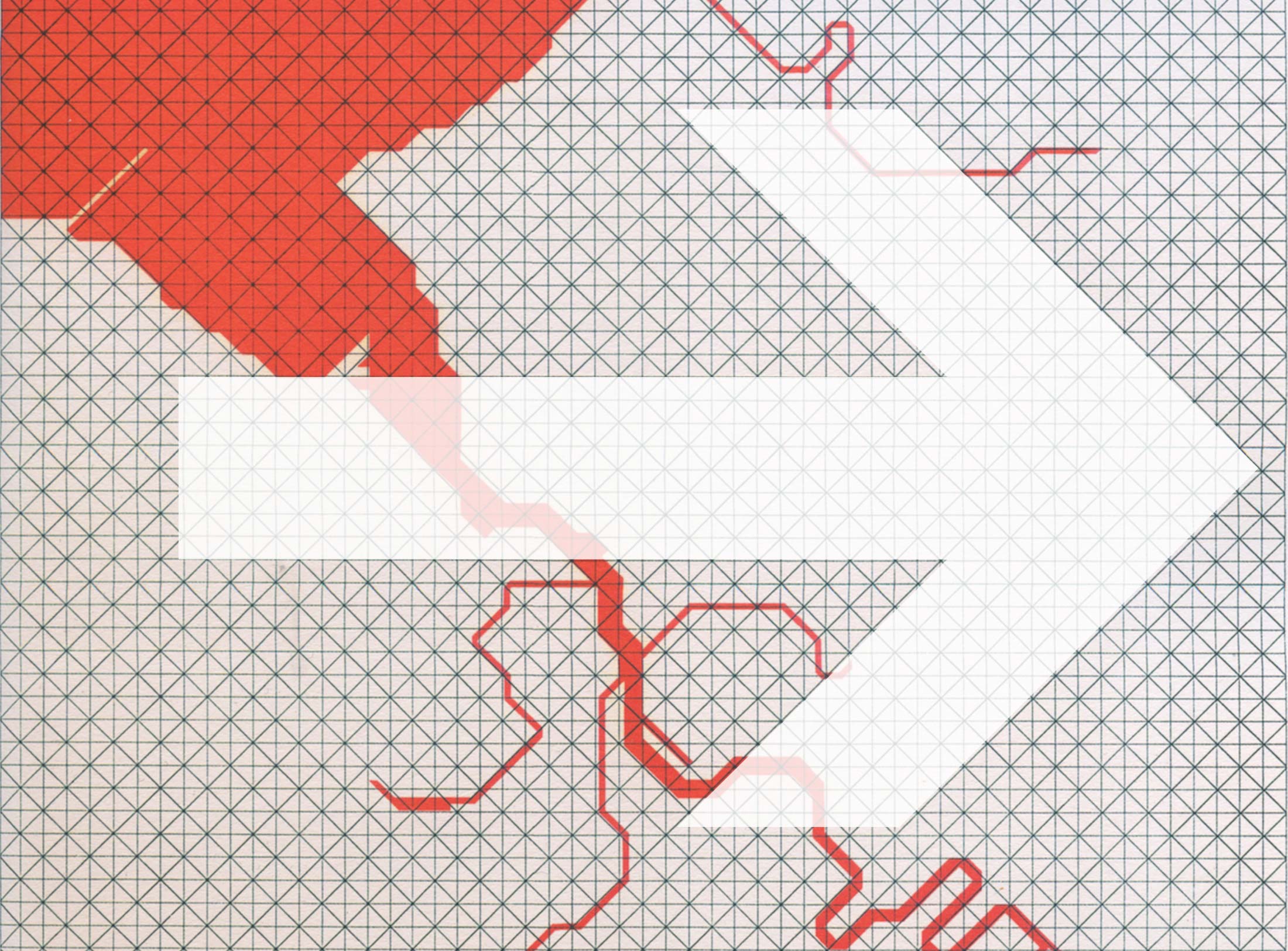
Otl Aicher’s signage systems for airports, metro stations and hospitals are considered exemplary to this day.
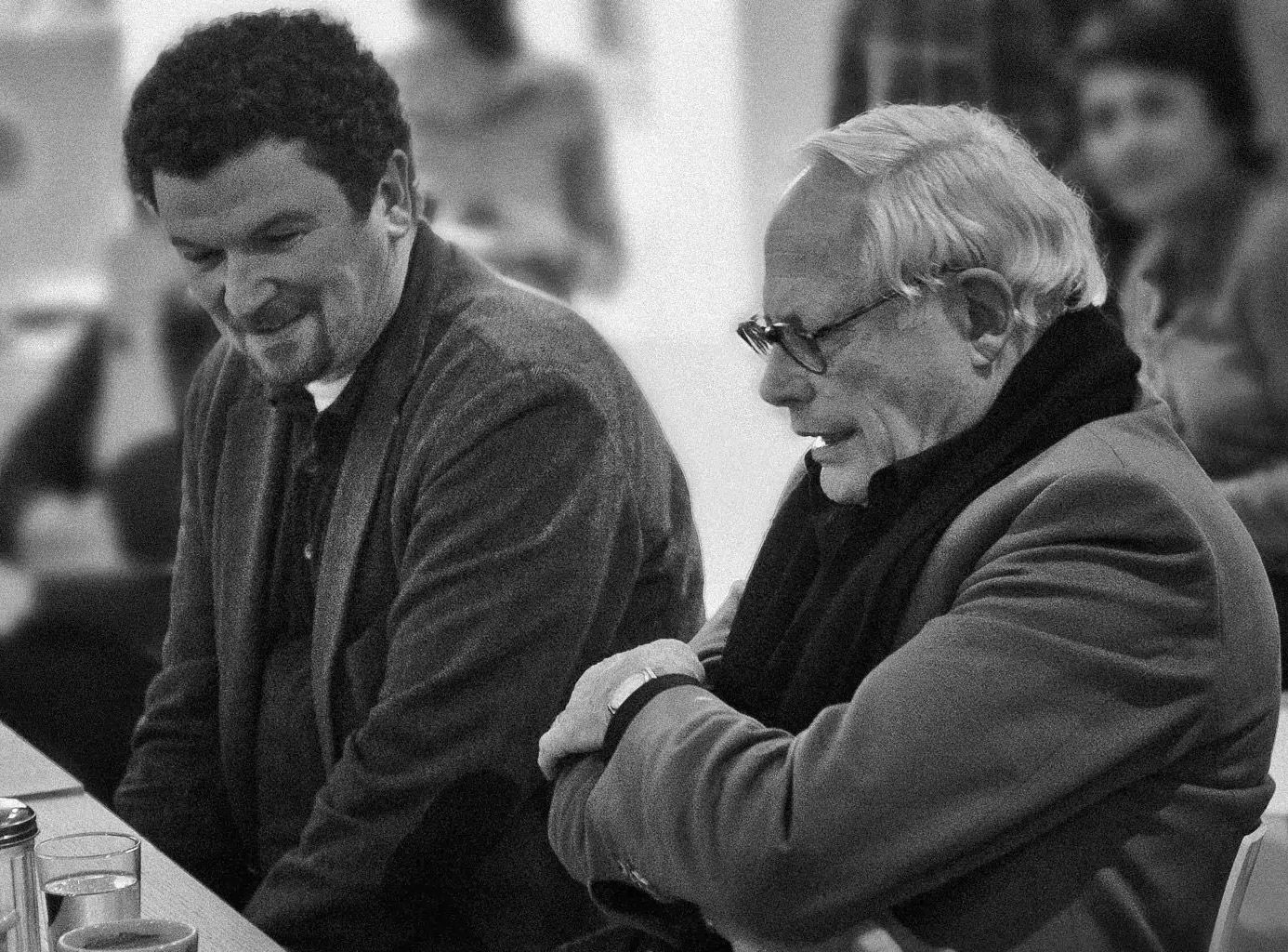
Der einstige Braun-Chef-Designer im Gespräch über den Co-Gründer der HfG.
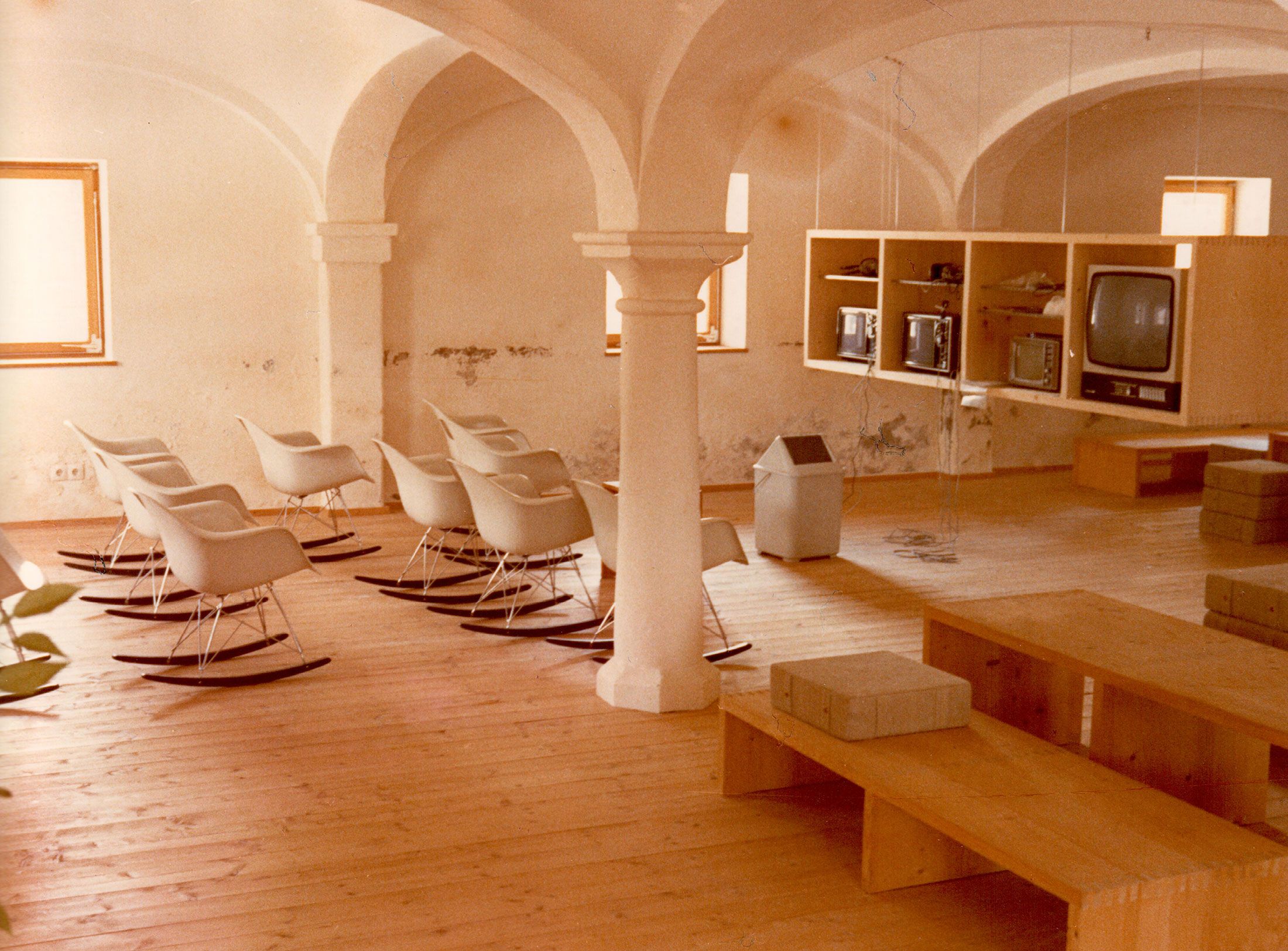
A Broadcast: What is his place in today’s world?
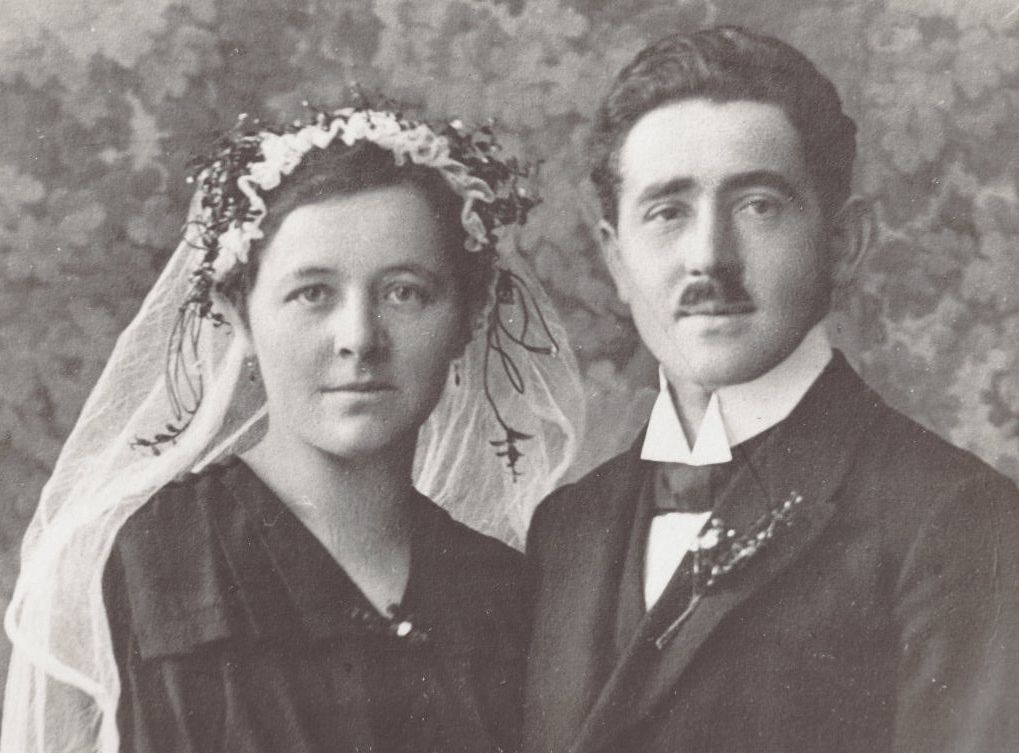
The Aichers: a brief family history.
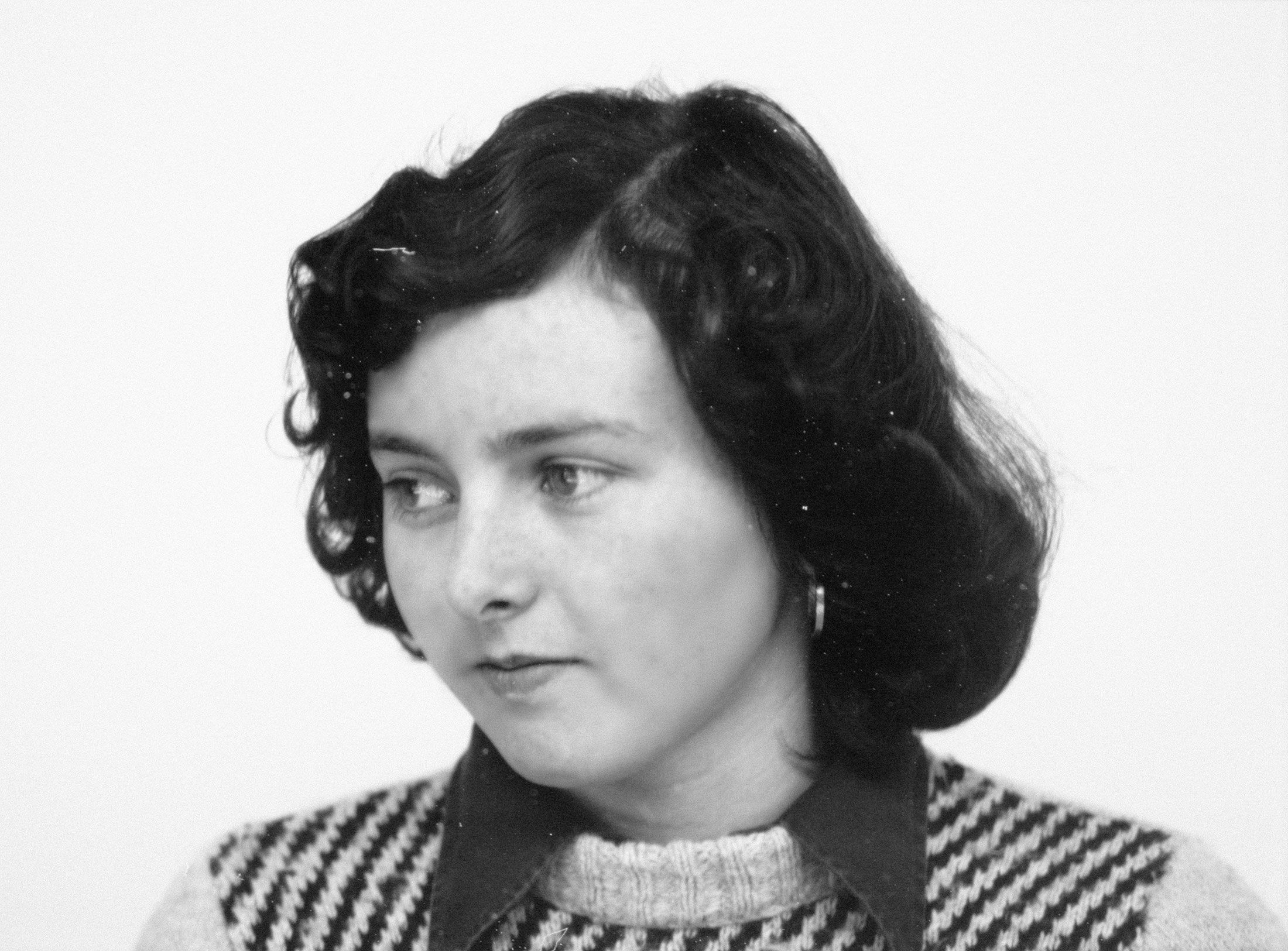
Drawing in Rotis: former Aicher co-worker Reinfriede Bettrich talks about hand sketches, the first computers and everyday life at the office.
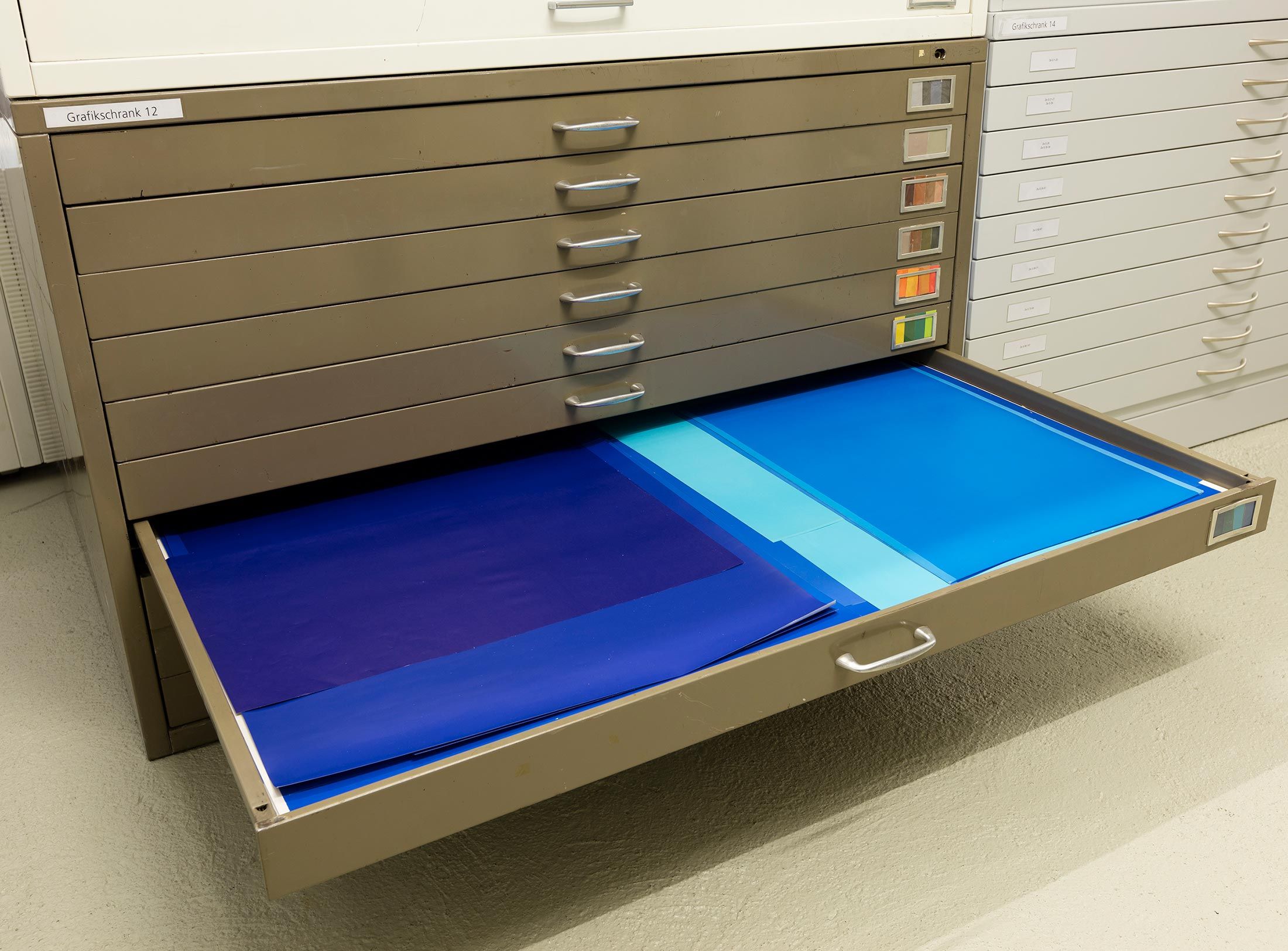
How Otl Aicher’s papers and materials came to the HfG-Archiv/Museum Ulm.
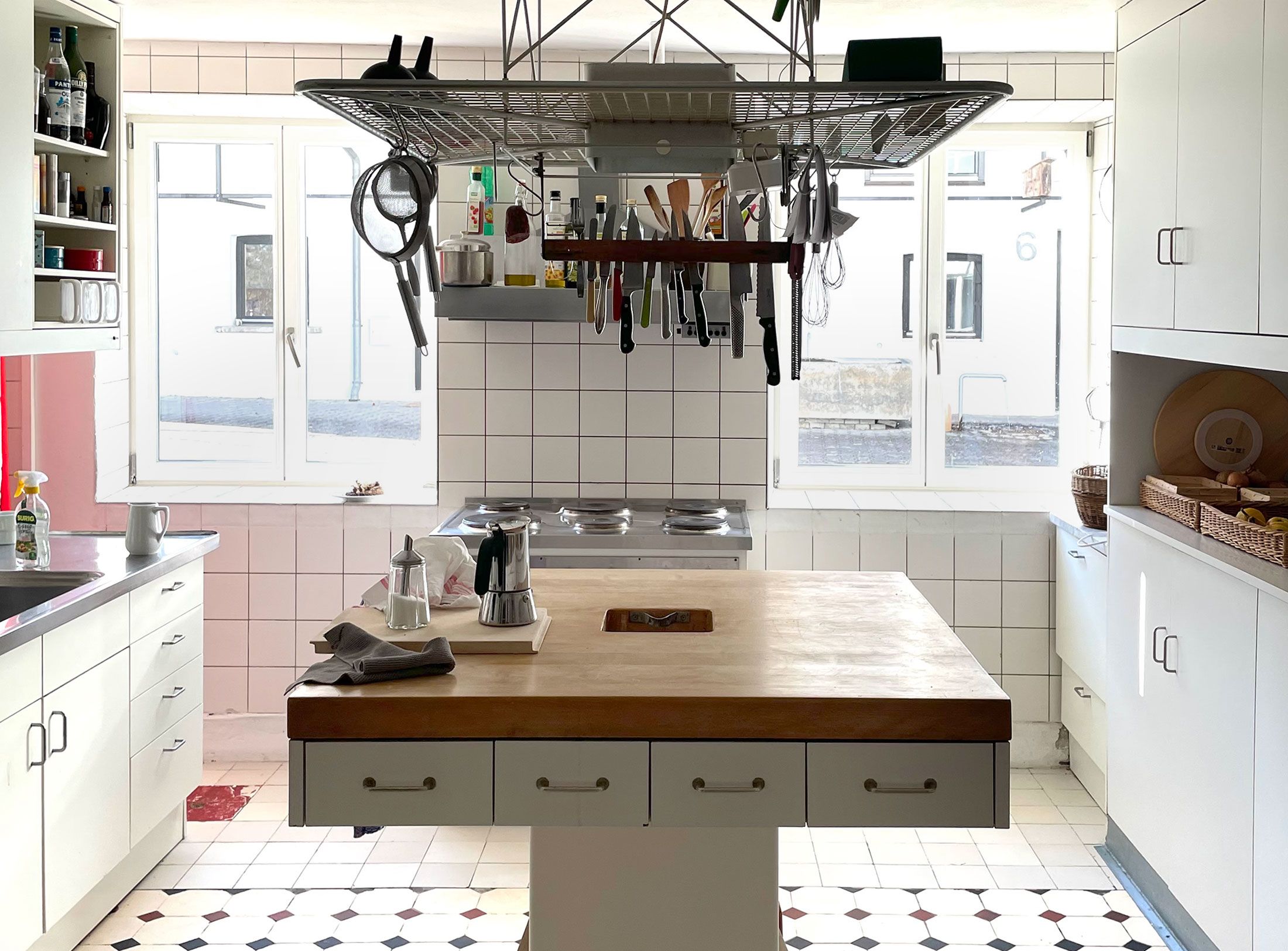
Die Küche zum Kochen (The Kitchen for Cooking) – the genesis of a book that has lost none of its relevance.

How a dachshund conquered the world: former Aicher staff member Elena Schwaiger on plush animals, fakes and the authentic mascot of the 1972 Olympic Games in Munich.
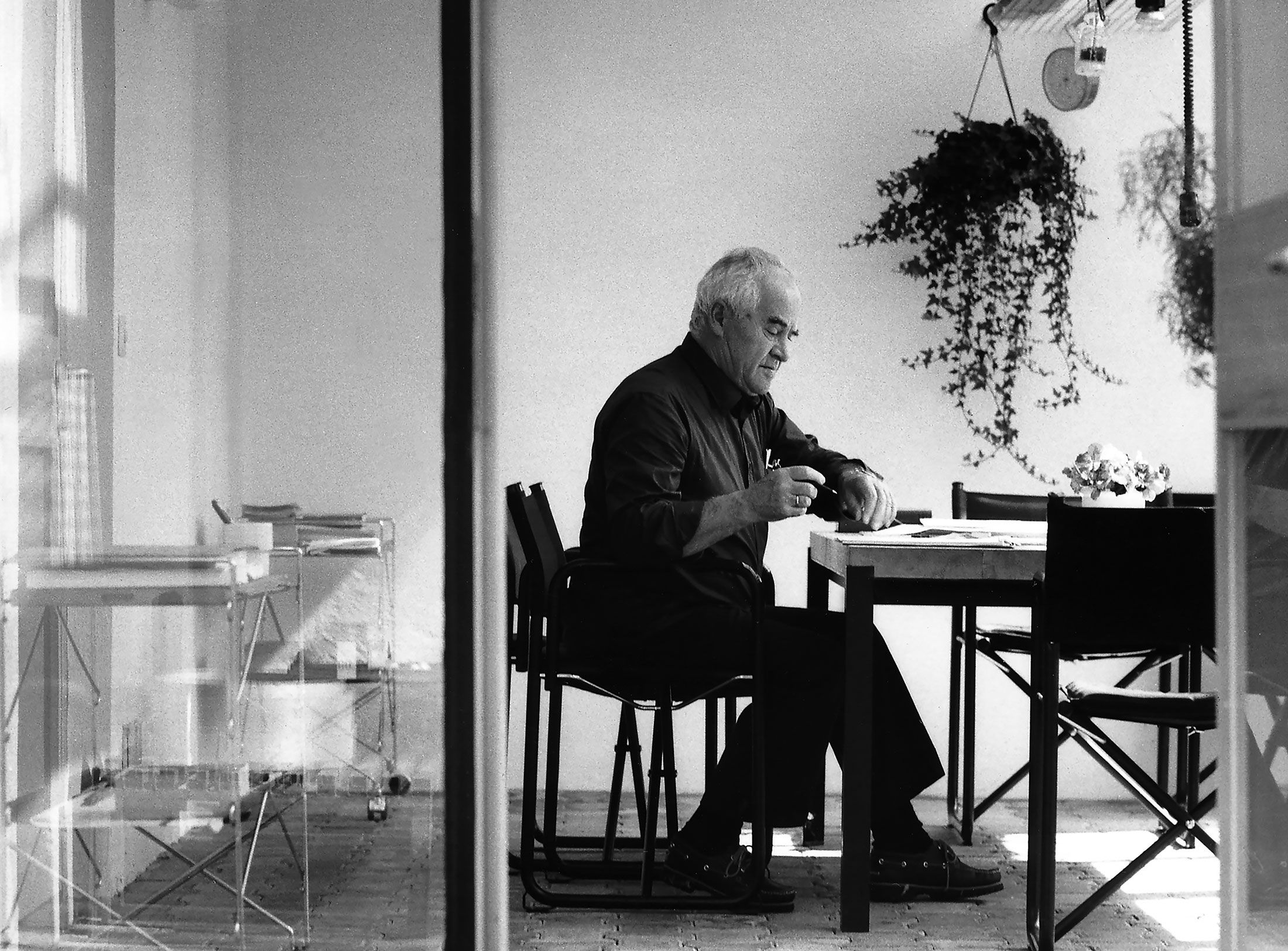
Le Violon d’Ingres or An Attempt to Defend the Writings of Otl Aicher.

Otl Aicher as the architect of Rotis.
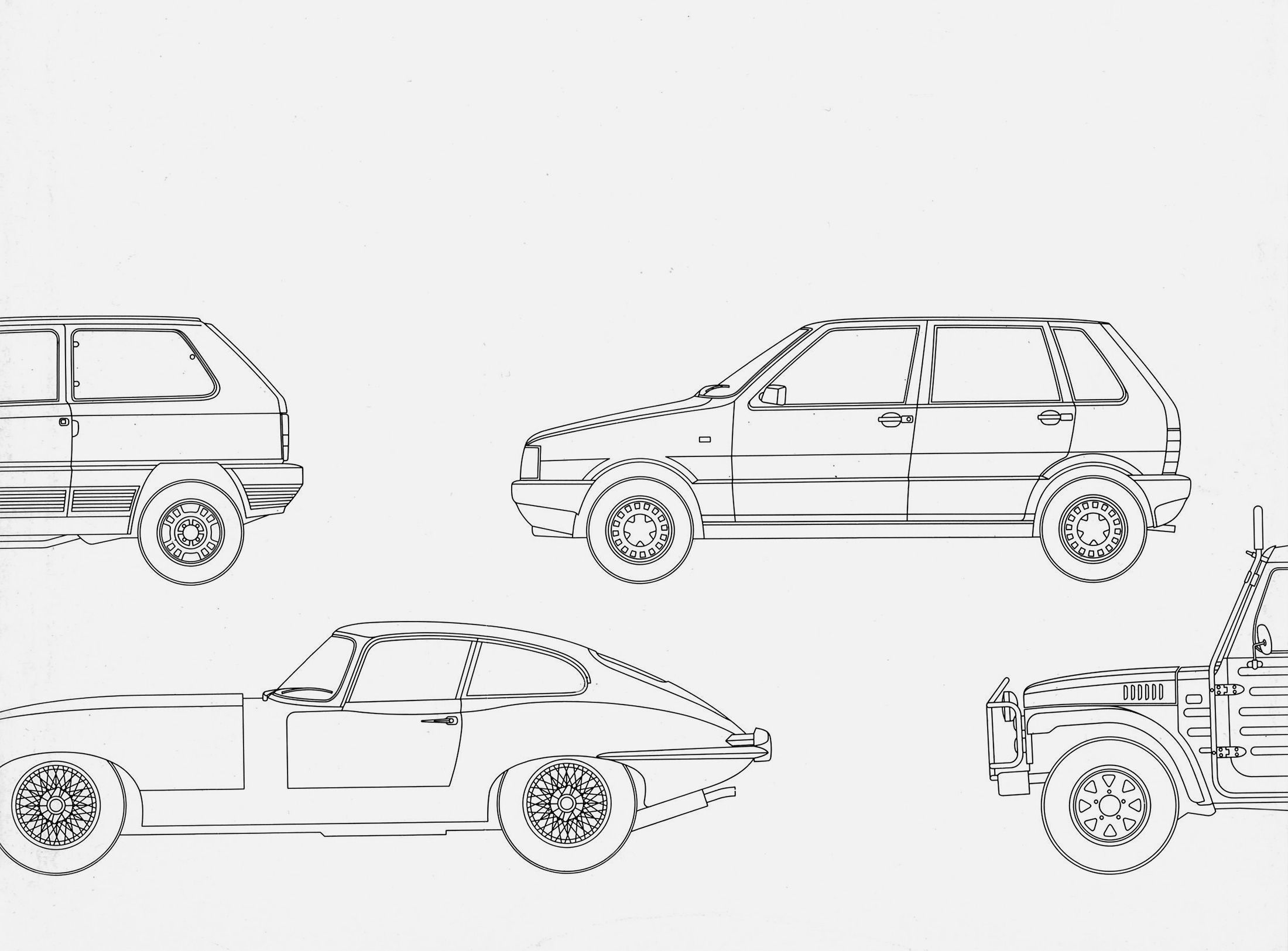
Otl Aicher and his critique of the automobile.

First broadcast: 15.02.1971 on Bayerischer Rundfunk, Munich (Only available in German).
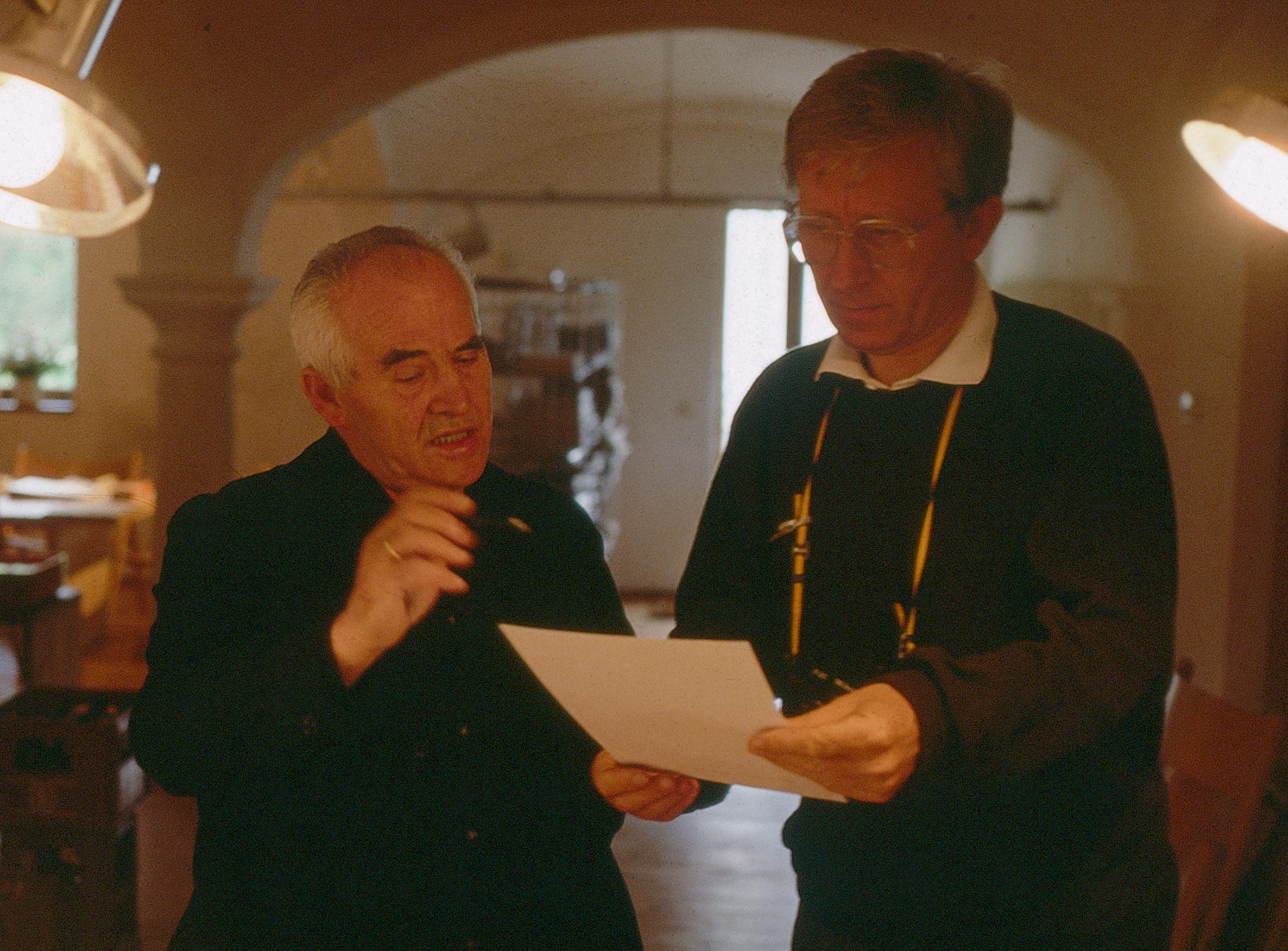
Interviewed: Jürgen Werner Braun on his collaboration with Otl Aicher.
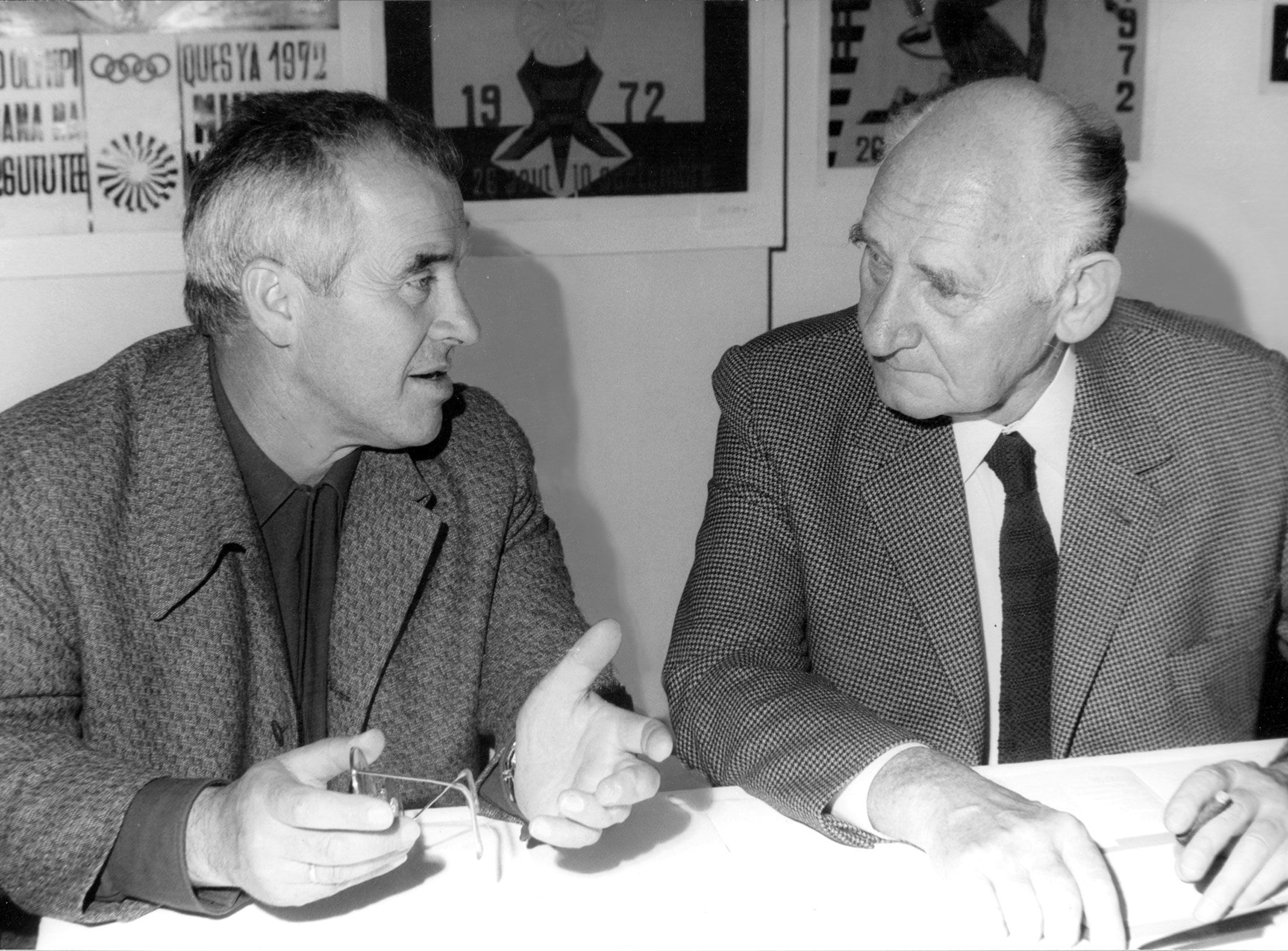
They created the signature of an epoch: designers Otl Aicher, Willy Fleckhaus, Anton Stankowski and Kurt Weidemann.

The book “kritik am auto – schwierige verteidigung des autos gegen seine anbeter” (critique of the automobile – difficult defence of the automobile against its worshippers) was published in 1984 as an accompanying publication to the exhibition with the same title, which Aicher designed in cooperation with Bayrische Rück. However, the insurance company cancelled the show at the last minute, and BMW stepped in and presented Aicher’s critique of the car in the foyer of the company’s headquarters. Florian Aicher recalls and analyses the twists and turns and contradictions of the trying project.
A summer of working together in Rotis with my father. He had asked if I wanted to participate in a project. So in 1983 I took over the production of the panels for the exhibition on 100 years of the automobile for Bayerische Rück. Title: “Critique of the Automobile”.
Work began punctually at 8 a.m. on Mondays in a long room in one of the new studios – the strict daily routine was familiar to me from previous assignments. A dozen blank DIN A0 sheets were lined up on the floor. The task was to organise the “raw material” – line drawings (by Reinfriede Bettrich) and short texts (by Otl Aicher), exclusively black lines on a white background. Following my typographic “family upbringing” it seemed obvious to me: following the content, according to the flow of reading from top left to bottom right, image and text briefly combined. The surprise was all the greater when father got started: drawings and text blocks were laid out anew on the surface, shifted, exchanged and arranged according to a rhythm of optical balance. After several rounds, according to the master’s liking, the layout was ready. Following this principle, in the following weeks all 36 panels were organised, mounted and taken to the printing house (Horst Kämmer), two villages away. Using a four-metre-long repro camera, Kämmer produced the silkscreens, and five flawless sheets per motif were printed manually with the squeegee.
Shortly before completion, Bayerische Rück cancelled the exhibition; there were rumours of interventions from Wolfsburg. Then the exhibition was opened in the foyer of the BMW headquarters in Munich; stops in Zurich, Tokyo and London followed.
The exhibition was accompanied by the book “kritik am auto, schwierige verteidigung des autos gegen seine anbeter – eine analyse von otl aicher” (“critique of the automobile, difficult defence of the automobile against its worshippers – an analysis by otl aicher”), which was published by the Munich Callwey publishing house in 1984.*
That’s where the next surprise followed: already in the second section of the book, with a stroke of his pen, Aicher sweeps the topic off the table. It is not the centenary of the automobile that is in the offing, but the fiftieth anniversary of the VW Beetle prototype. The car for everyone, mass-produced, efficiently manufactured, rational and affordable, technically optimised – thanks to the “engineer’s” rationality of its designer, Ferdinand Porsche. That was the only thing worth reflecting on!
In 1938, Ferdinand Porsche designed the original VW, the Porsche Beetle 38/06, soon after called the KdF (Kraft durch Freude) car. Photo: © VAU-MAX
Porsche, the engineer, is mentioned two dozen times in the following 160 pages. This idol stands for the “economical, technically intellectual principle of simplicity (p. 20), rational, engineer’s design that originated from the mind” (p. 39). Aicher attests to the second idol of this book, the Italian industrial designer Giorgio Giugiaro, that he “takes joy in mental concepts. he thinks along with us… which designer can dare to think?” (p. 43) – a question, which introduces a pattern that characterises the book: Engineer instead of businessman, workshop instead of corporation, intellect instead of feeling, calculation instead of aesthetics, design instead of art. Buzzwords shape Aicher’s thoughts and drive them forward, sometimes so charged that pleonasms – such as “Ersatzillusion” (“substitute illusion”) – have to help.
Engineering rationality as the reason for good design? The next surprise is in store. What has just been repelled is now being drawn together: “technical aesthetics” (p. 16). Engineers like Porsche, Kamm, Everling, Koenig-Fachsenfeld and others, in scientific experiments from the 1920s to the 1930s, identified the streamline as the form adequate to the car, an object in motion. “the streamline form, stylistic form of the 20th century like the pointed arch for the gothic” (p. 18) is now identified as an “aesthetic dictate” (p. 16). Aicher acknowledges that these engineers found a useable volume with the capped streamline form at the time, but only sees it realised in the VW Golf and Fiat Uno through Giorgio Giugiaro’s design.
Comb shape, derived from the Jaray shape calculated by the Austrian engineer and aerodynamicist Paul Jaray. Otl Aicher wrote: "the ideal streamline shape is the drop shape. However, it is possible to cut off the rear end of this shape, as is done with bullets, without significantly reducing the efficiency." From: "Kritik am Auto, 1984, page 14. © Callwey Verlag, Munich, Florian Aicher, Rotis
Comb shape, derived from the Jaray shape calculated by the Austrian engineer and aerodynamicist Paul Jaray. Otl Aicher wrote: "the ideal streamline shape is the drop shape. However, it is possible to cut off the rear end of this shape, as is done with bullets, without significantly reducing the efficiency." From: "Kritik am Auto, 1984, page 14. © Callwey Verlag, Munich, Florian Aicher, Rotis
From the streamline to the comb shape. From the book "kritik am auto", 1984, page 14. © Callwey Verlag, Florian Aicher
Before that, “top achievements in engineering technology that are also top achievements in car design” are lost when “one trusts in the right nose for the market more than in essential suggestions by engineers.” (p. 18) Two highly successful models on the market override this statement? Aicher’s observation is surprising: “nothing against knowledge, nothing against science.” Only: “measurement is something different from design” (p. 27). Then what?
Aicher paraphrases Ludwig Wittgenstein when he states: “the criteria for the right car is its use” (p. 29). Unlike his role model, he judges with the adjective “right” where the latter only describes. Judging requires unambiguous criteria – what should these be in the case of use? Given the numerous forms of use that Aicher lists? And: don’t the following necessarily come into play: actual life, usage, play and players, desire and whim, emotion and feeling? In the 160 pages of the book, the word feeling occurs only once. If passions are brought up, the words playboy, potency, and sex are quickly at hand; it gets salacious.
The following turn is even more surprising: Otl Aicher lets Hermann Hesse, an author who is regarded as a seismograph of the soul, to have his say: “an automobile … there he saw … an image that seemed familiar to him, that reminded him and fed new blood into his thoughts. he saw himself sitting on a car and steering it, that was a dream he had once dreamt … . in that dream feeling, as he had taken control of the steering himself, there had been something like liberation and triumph” (p. 55). From this observation, Aicher comes to a conclusion on an essential quality of automobility: “the car is a piece of itself, a single-subject device, it is a piece of a person, gives the signum of self-determination” (p. 56)… “it is the bearer of subjectivity itself” (p. 58). To make it quite clear, he adds, “this shows how much the car is related to the person as subject and how wrong it is to see it mainly from the point of view of society” (p. 58). This view is not new to him.
"traffic means the optimisation of the change of place of a certain quantity in a certain time", wrote Aicher. In a graphic he has captured the flow of traffic on the German autobahn and contrasted it with that on a US interstate highway (below). From: "kritik am auto", page 127, © Callwey Verlag, Florian Aicher
As early as 1948, he had recorded: “then i sit down on my motorbike, take away the shock absorbers, bump the exhaust, lie down and think of the tanks. the war, thunderstorm, it has already given birth to sounds. … then i try it again with my motorbike. at least it’s good enough. i ride over the paved road, the tyres are so wonderful … a machine, i can listen to it like i can only listen to jazz. i can hear when the engine is badly tuned, … feel the excitement of its joy through the frame … that’s what it’s like when you’re addicted.” (Otl Aicher.: “Beethoven is driven away by a truck”, manuscript 27.2.1948). 35 years later, in “innenseiten des kriegs” (1985) it says: “at the front there is a disinhibited form of things, single-mindedness, unconcernedness, without flourishes, without style, without art” (p. 106). “everyone lies in wait to do something with their strength, their muscles at some point. not in an externally controlled organisational framework, but as an unfolding of themselves” (p. 109). The fusion of man and machine: that is Futurism, that is Filippo Tommaso Marinetti, that is the Ernst Jünger of the “worker”; avant-garde of the first decade of the century, with Aicher still at its end. He does not want to reveal that.
The freedom of the “freibeuter” (freebooter) (p. 66) is certainly passé. In place of the fusion of man/machine on the racing motorbike, Aicher now sets the nonchalance of “situational mastery” (p. 148) on the off-road machine. Analogously, the car becomes a “leisure vehicle” – Sport Untility Vehicle, SUV.
Emotional energies must be redirected, a “new man” is to emerge. He has nothing less in mind than a new “traffic morality, traffic culture” (p. 67). The designer must primarily turn away from the object and towards the system. “it is first a matter of setting goals and concepts before one has to look for technical solutions… for this, designers are needed” (p. 10). “cars and roads are components of one system, not two objects, but two elements of the phenomenon of traffic” (p. 126). the functioning of the system as a whole makes my freedom possible” (p. 124).
The last third of the book deals with issues such as traffic casualties, emissions, space requirements and urban layout. The issue of limited resources is hardly addressed, despite the report “The Limits to Growth” by the Club of Rome in 1972; in keeping with the times, exhaust emissions were an indicator of energy consumption; CO2 emissions did not yet figure.
And the appearance of things, the “automobile design”? Those who were expecting something concrete after the bashing of art and styling, after the hymns to engineers and technology, find themselves rather disappointed. Certainly, praise for the Fiat Uno runs through the book, there is a good word here for the Range Rover, there for the Mini. Otherwise: great restraint.
Design study Alfa Romeo racing car, 1936 (top) and 1937. Aicher writes: "in one case, the bonnet is cut in the way that is technically easiest. The air vents are straight. In other cases, styling is used to make the car look faster ... the technology is subordinated to the symbolism." From "kritik am auto", 1984, page 73 © Callwey Verlag, Florian Aicher
This already begins with the illustrations in the book: “restrained like technical drawings…. the representation of the physicality, of curves, plastic deformations certainly suffers from this” (p. 70). However, lateral views as line drawings of the same scale serve for analytical comparison, as they speak the “language of the thinking designer” (p. 70). The result of this method is demonstrated on just two pages: In comparison, the Fiat Uno shows tighter lines than the VW Golf; in the comparison of two Alfa Romeo racing cars, the first version shows a right-angled trim of the air vents, while in the later they are slanted as receding lines to “make the car look faster by styling it” (p. 73). That leaves the praise of the Fiat Uno: “a car to fall in love with, self-confident and modest, not a gram too much fat, taut skin” (p. 25). Streamlined, austere, straightforward, simple, “intellectual” – otherwise it remains “that beauty is a question of reduction” (p. 42). The following is added: “the fiat panda was a box without much aesthetic scope. the golf was concise. the uno has an aesthetic dominant. it is elegant, of skilful austerity. the form strikes a pose” (p. 46).
This is elegantly formulated and yet remains abstract – the bodies pale, the feelings silent. Does the cool ratio of design, as promised by Aicher, carry the renewal of the car? “i dream”, it says at the end of the book, “of a car of the highest quality, tailored to my body, part of myself, that makes driving a physical process. it follows me, it is a riding horse, not a racehorse” (p. 126). 38 years later, renowned AI researcher Toby Walsch refers to the horse analogy again: “In a few decades, driving will be much like riding a horse today. Once it was important, today it has become a pastime. It will be similar with cars. It will become an expensive hobby” (FAZ, 07. 06. 2022).
Otl Aicher: Studies on posture. "what is new is the realisation that it is not soft, comfortable sitting, for example in an armchair, that is advantageous, but upright sitting. the human spine has its best static balance and its best kinetic radius of action in an upright posture." From the book "kritik am auto", 1984, page 87. © Callwey Verlag, Florian Aicher
Today, how does form strike a pose? Emotion is the credo of car design, aggression prevails. The “face” of cars is interpreted as a signal in the battle for the top ranks. Sheer size counts, the stature of hunched shoulders, the facial expression of a snarling grimace with open mouth and rising eye slits, the impenetrability of absolute black. Recently, the Süddeutsche Zeitung (25-26/06/2022) presented the new Range Rover, “mother of all luxury SUVs”; the design is “far from monotony, close to perfection, deliberately minimalist”. The car is 5.00 metres long, 2.20 metres wide, 1.90 metres high, weighs 2.8 tonnes, consumes 15.3 litres for 530 hp at 235 kilometres per hour. “Speakers in the headrests create active noise control waves to counter the sound of the tyres … Sailing on the road”.
*Unless otherwise stated, the page references refer to this book.
Florian Aicher, * born in 1954 in Ulm, is the eldest son of Otl Aicher. He studied architecture at the Staatsbauschule Stuttgart, did an internship in Buffalo/USA, then three years of professional experience with Werner Wirsing, Munich. From 1981 onwards he has been self-employed; in addition to planning in the field of building construction, design of furniture, and teaching at universities in Germany and Austria; most recently at the Carinthia University of Applied Sciences. He has worked as a journalist and published writing in international journals and books and numerous publications on the conditions for the success of architecture. Aicher lives in Rotis, Allgäu, since 2005.

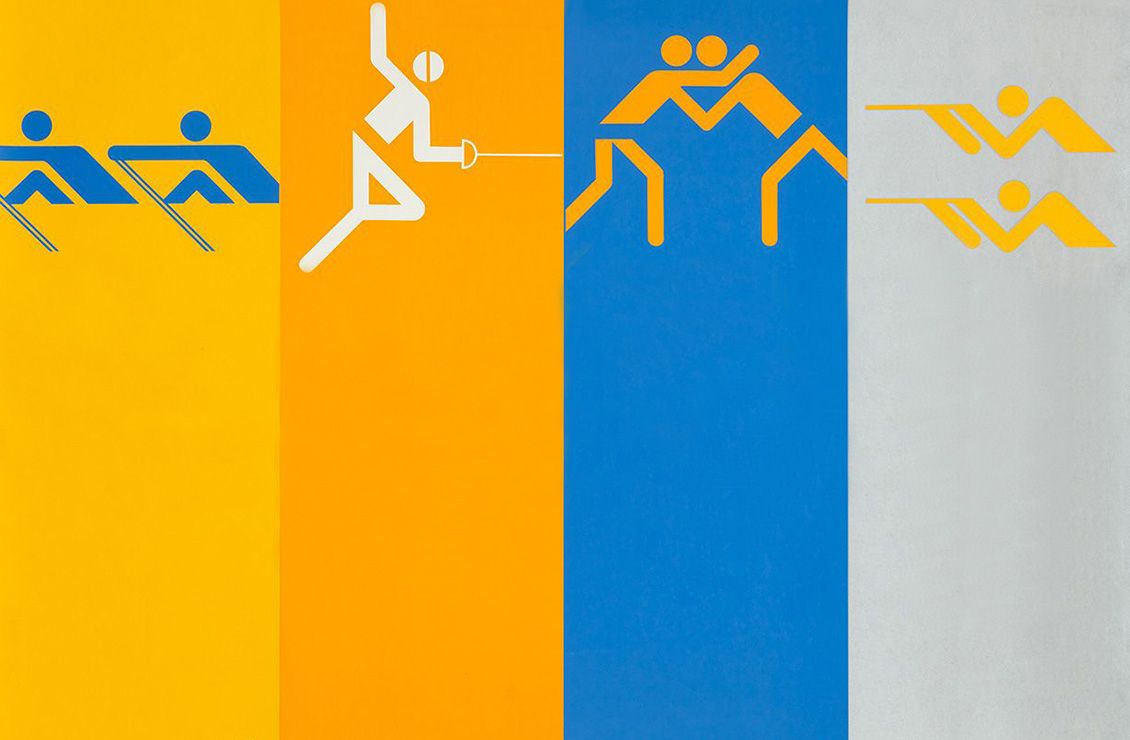
Eine Stadt leuchtet: Mit seinem farbenfrohen Erscheinungsbild der XX. Olympischen Sommerspiele 1972 setzte Otl Aicher ein Signal. Die junge Bundesrepublik war in der Moderne angekommen.

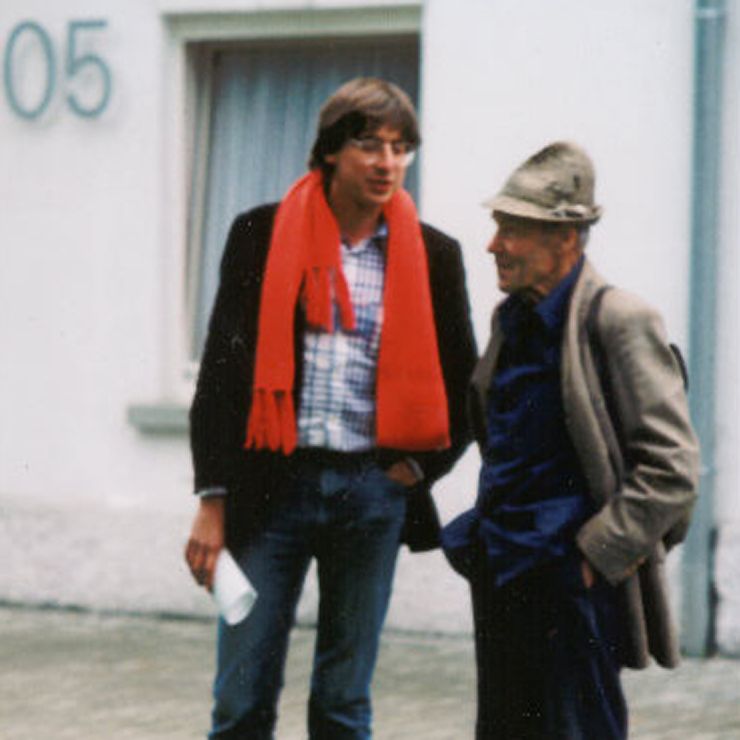
From O to R: Let’s talk about a hedgehog, standardisation and neurotis for a change (please click on the letters).

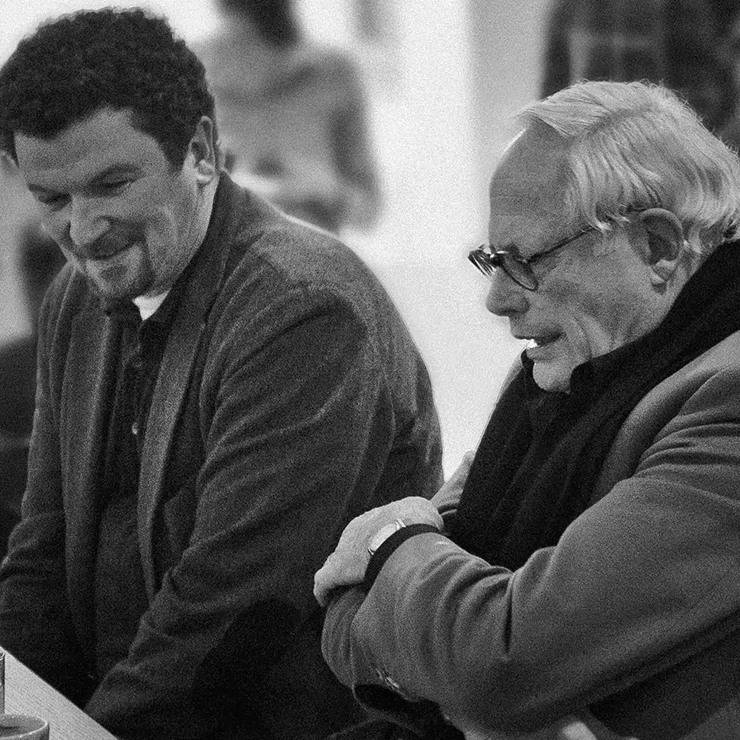
Der einstige Braun-Chef-Designer im Gespräch über den Co-Gründer der HfG.